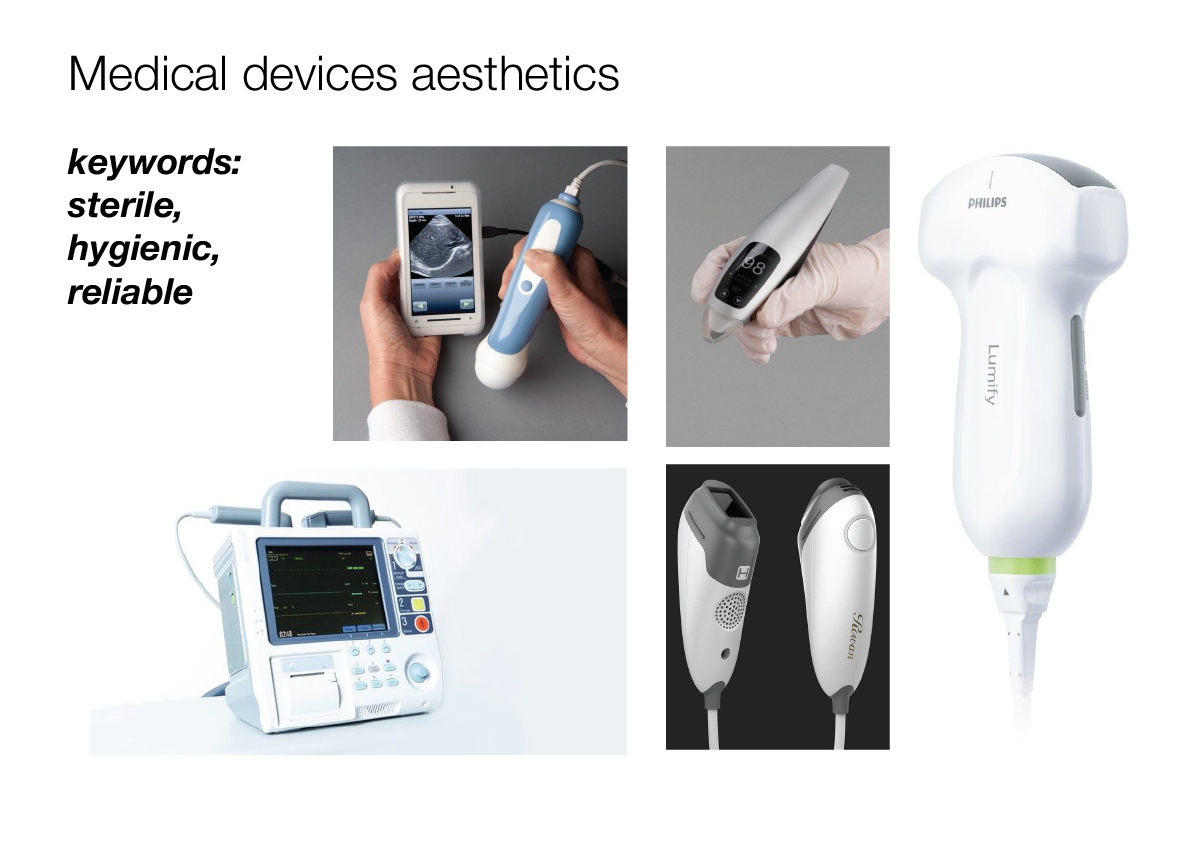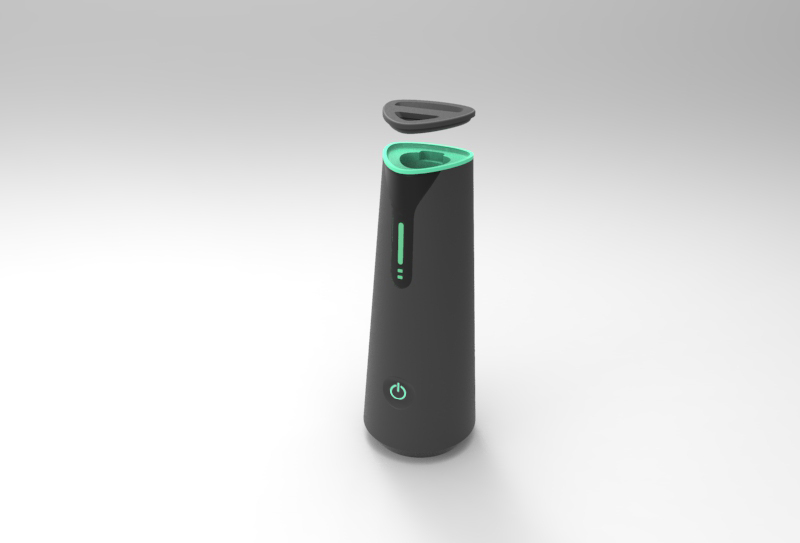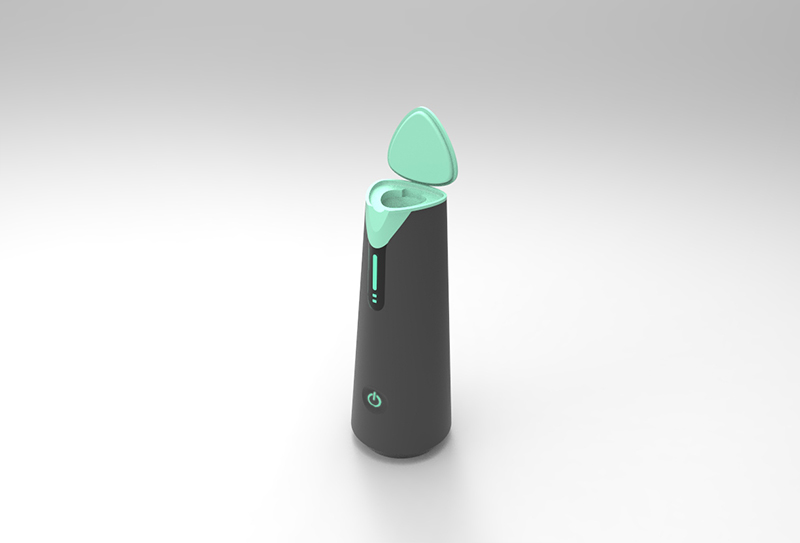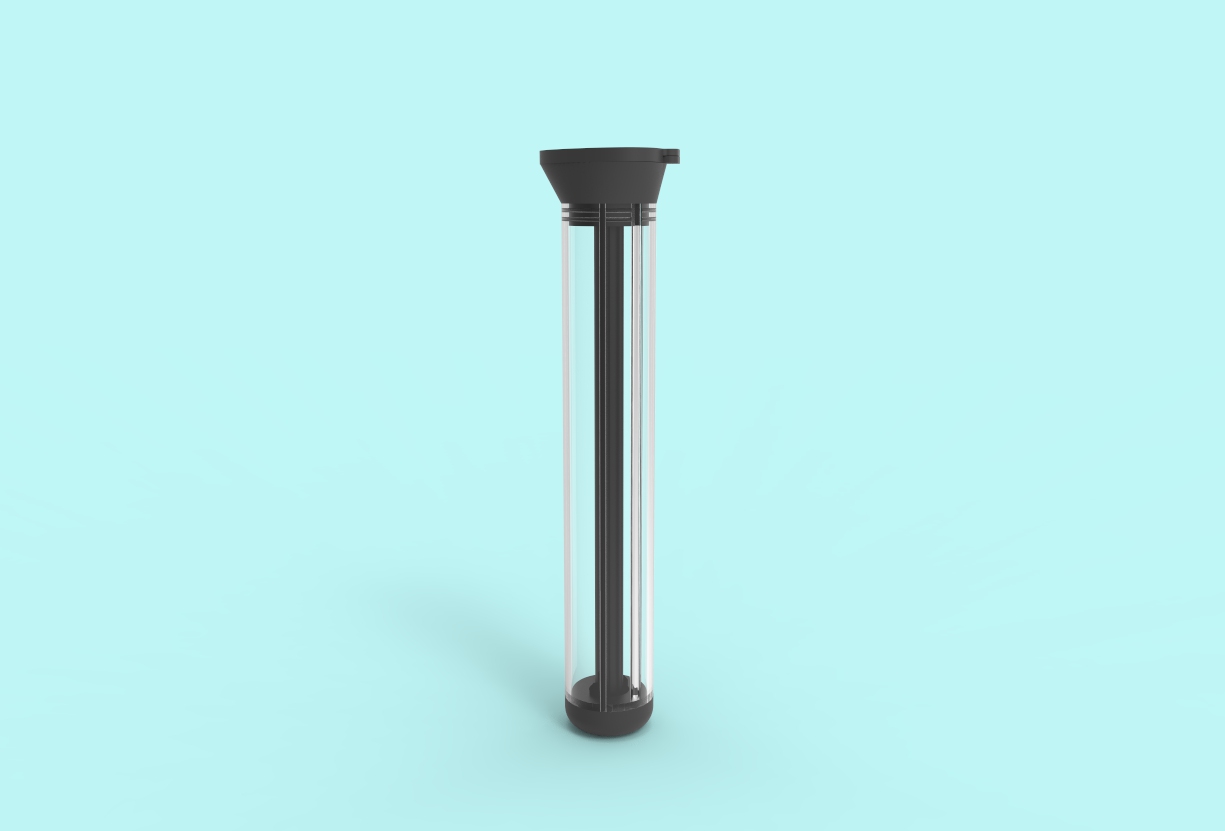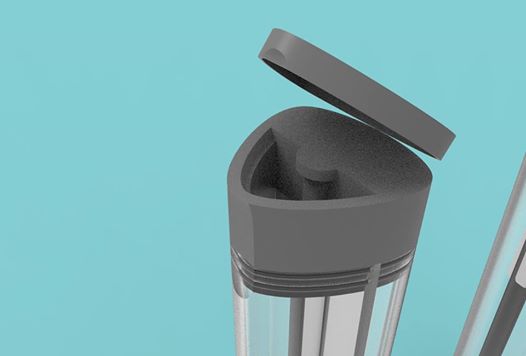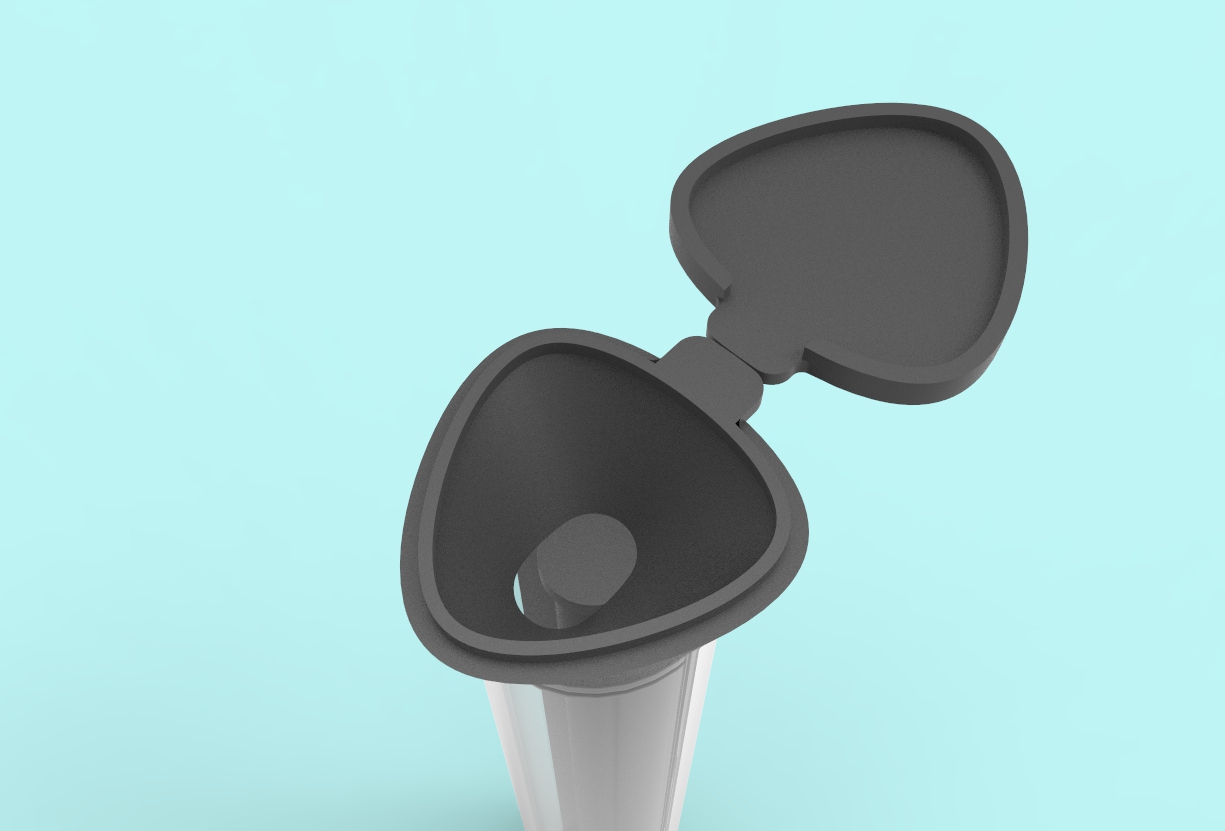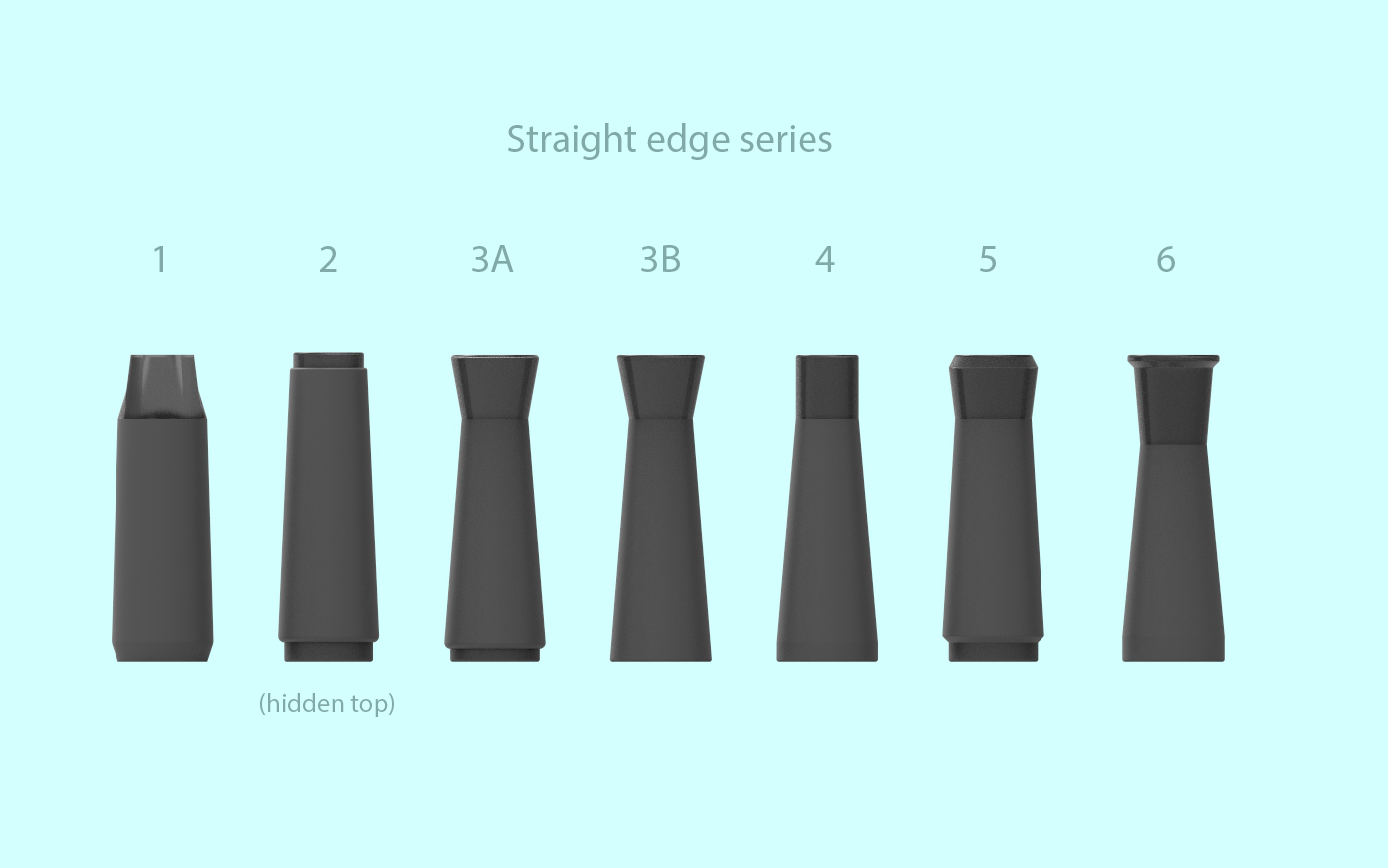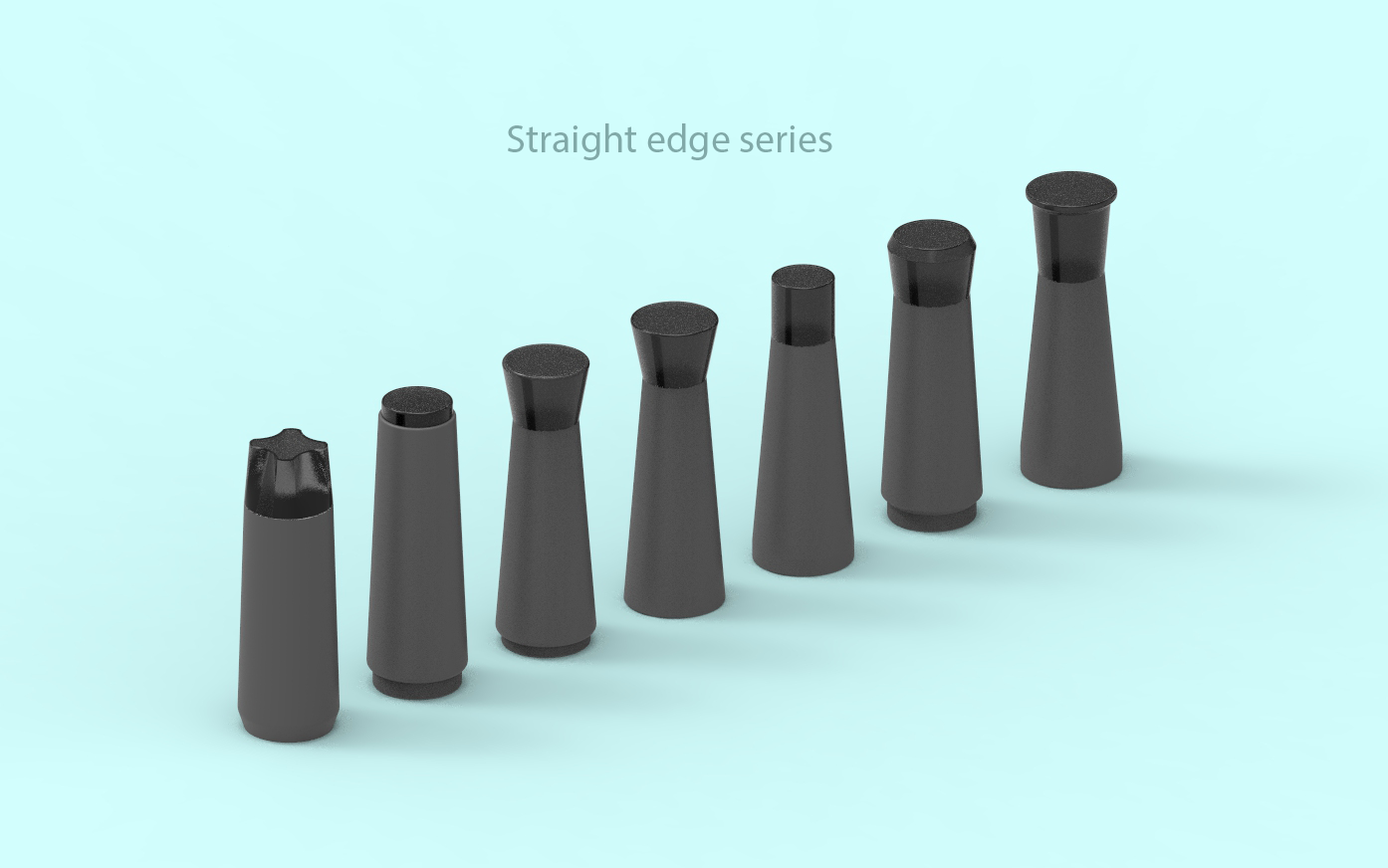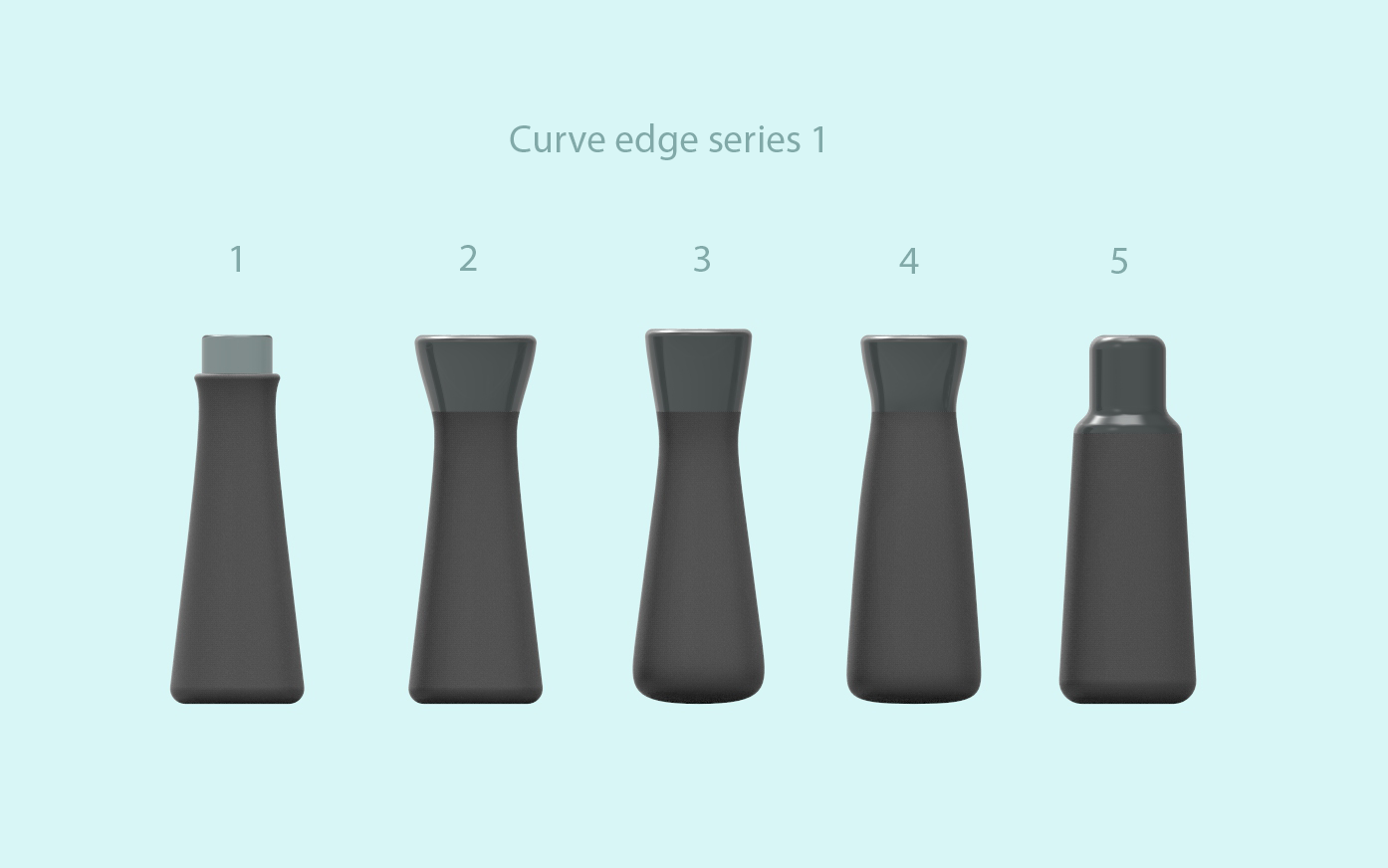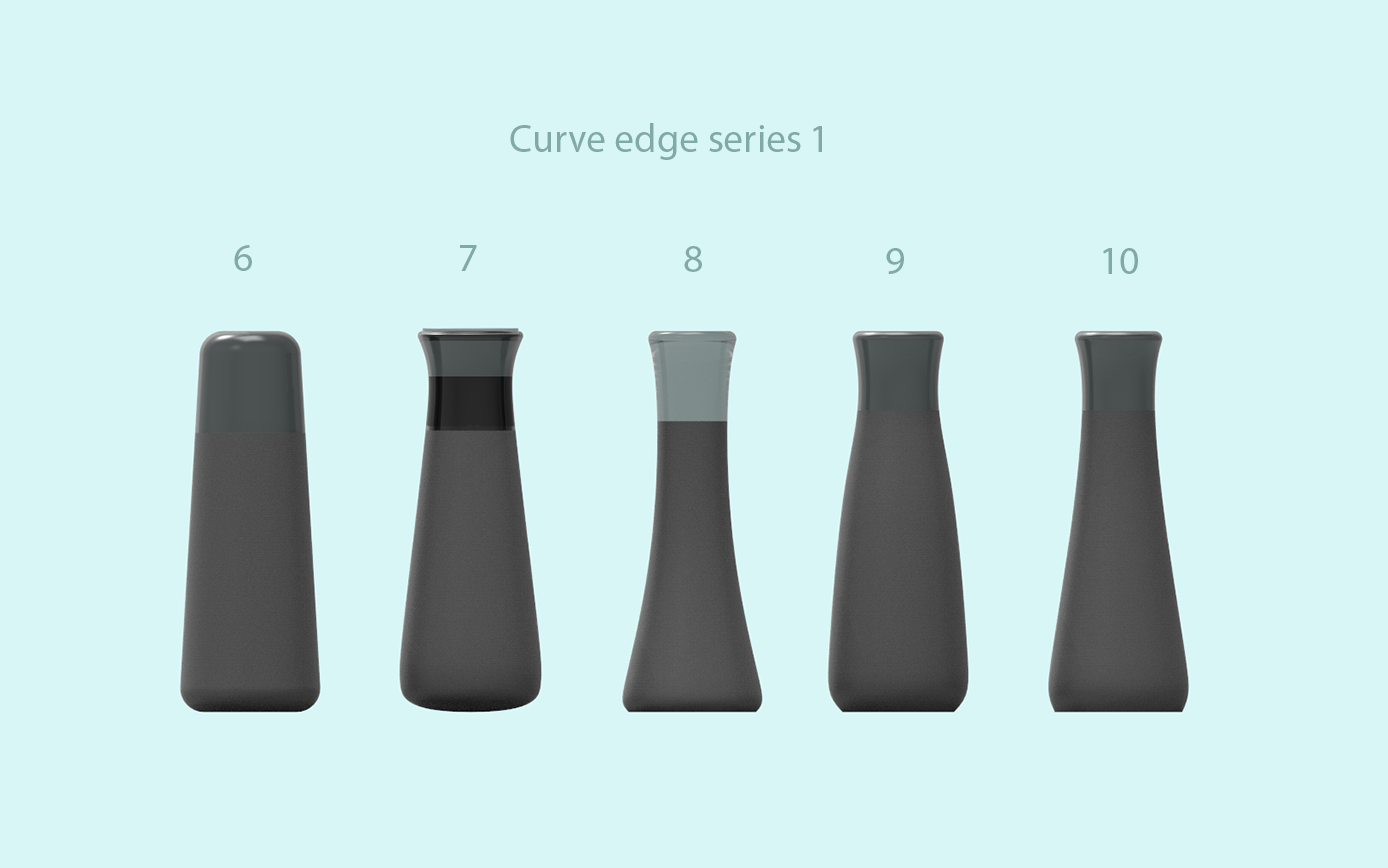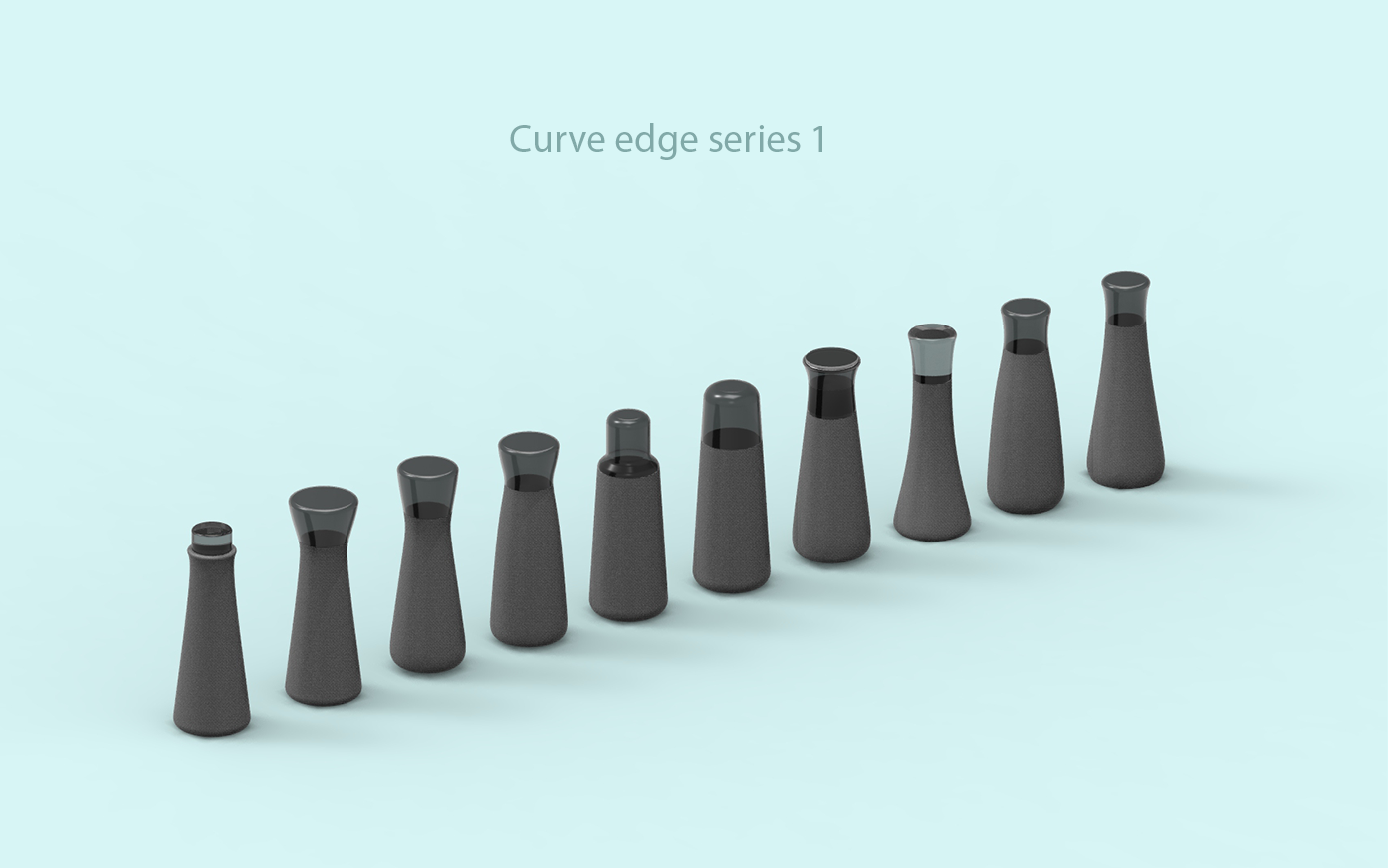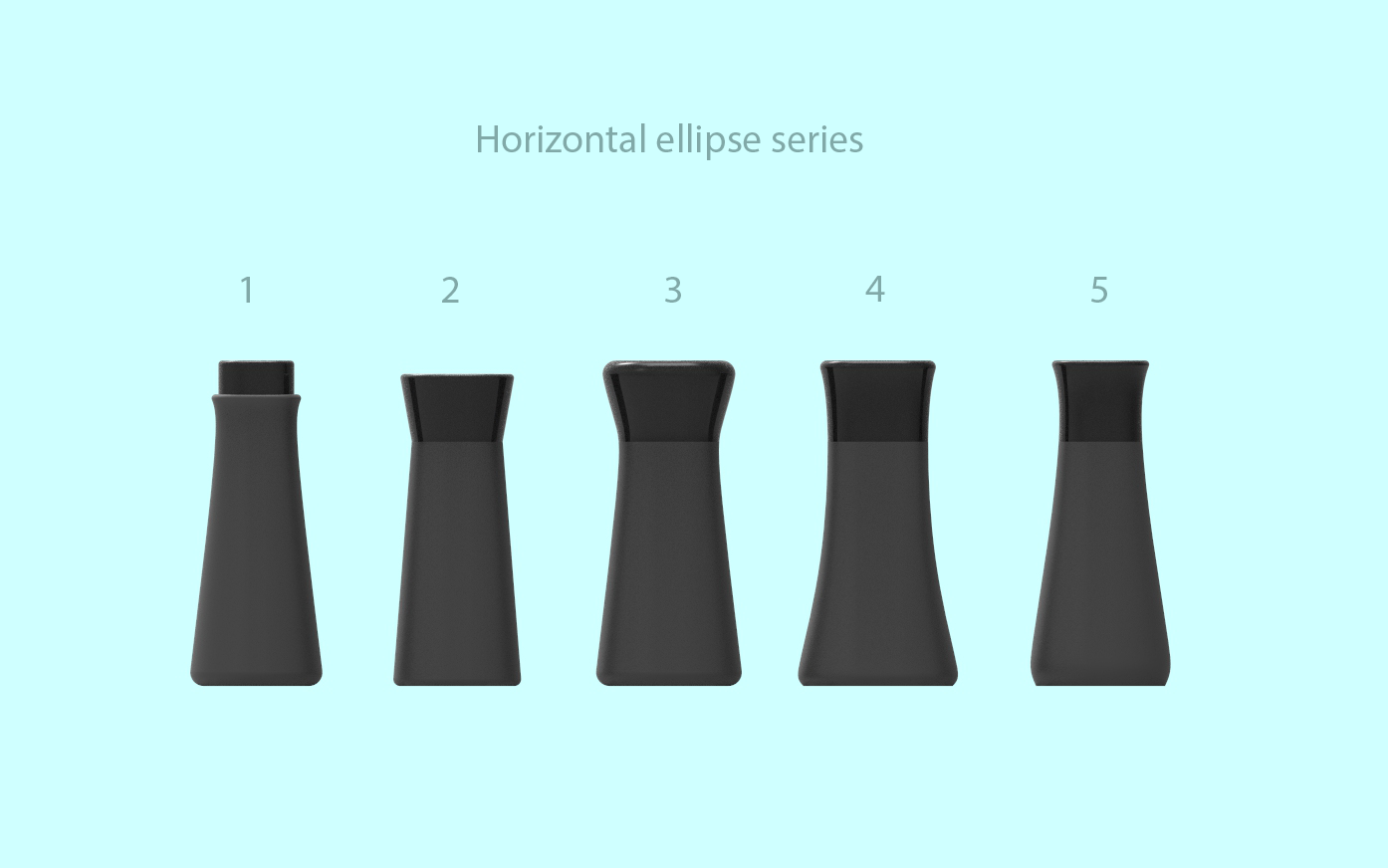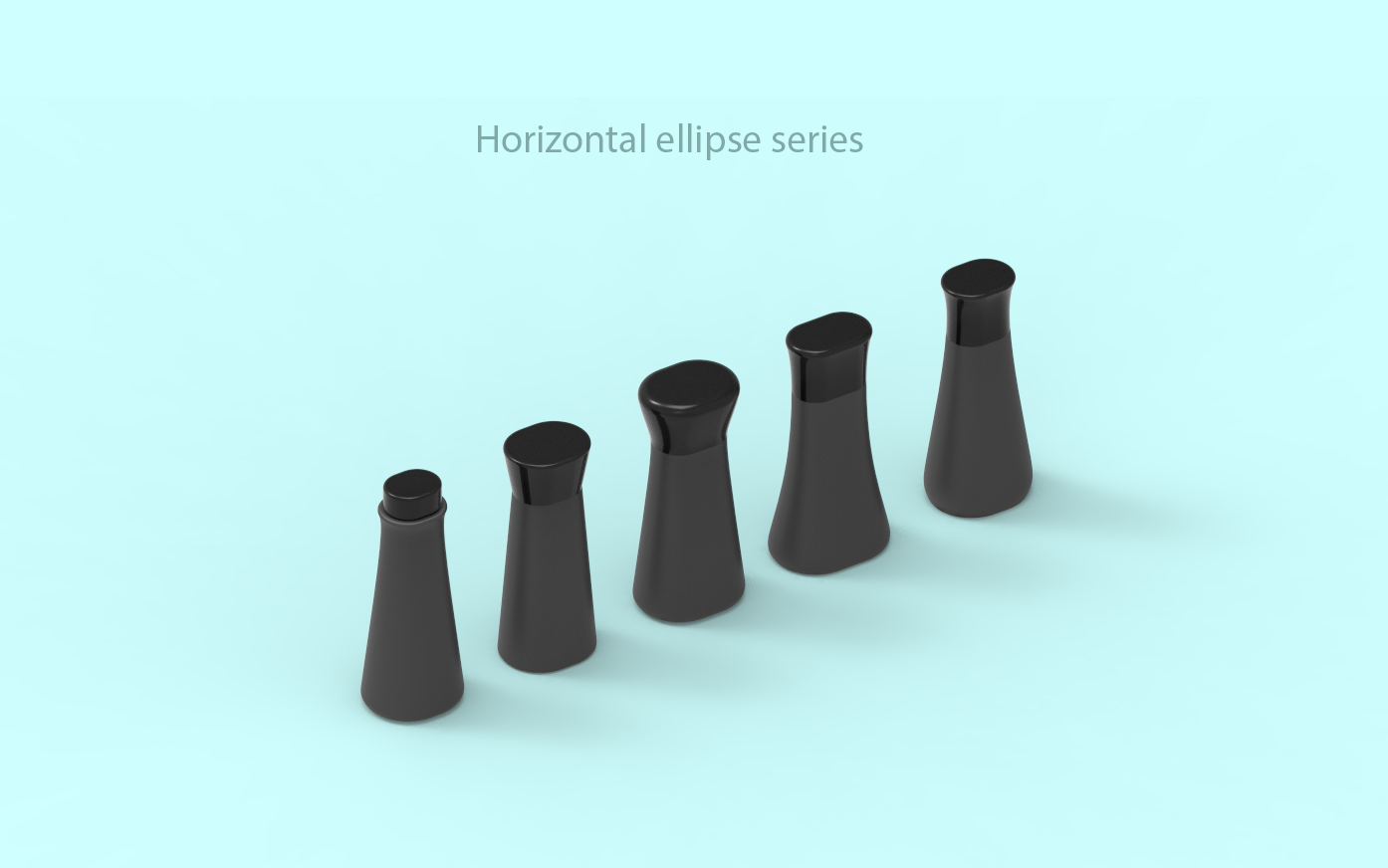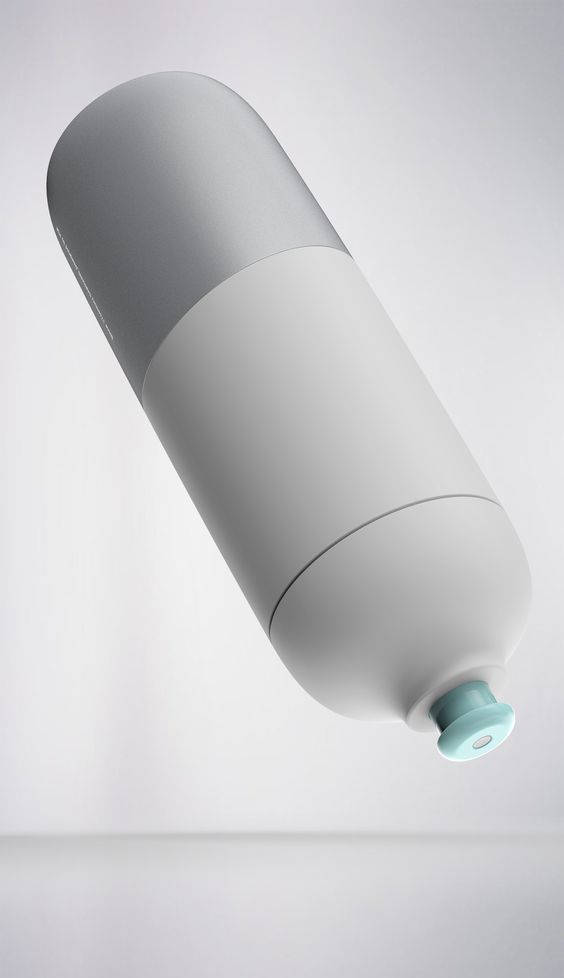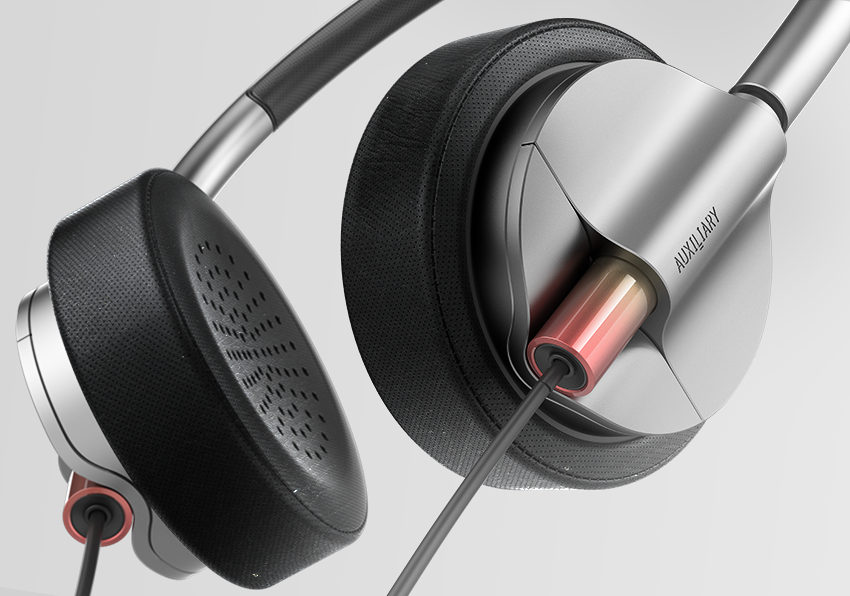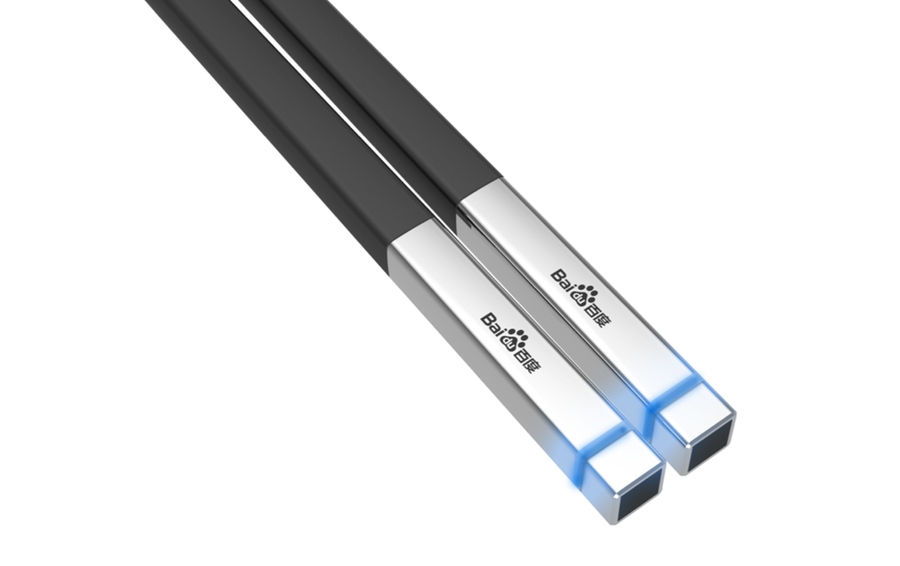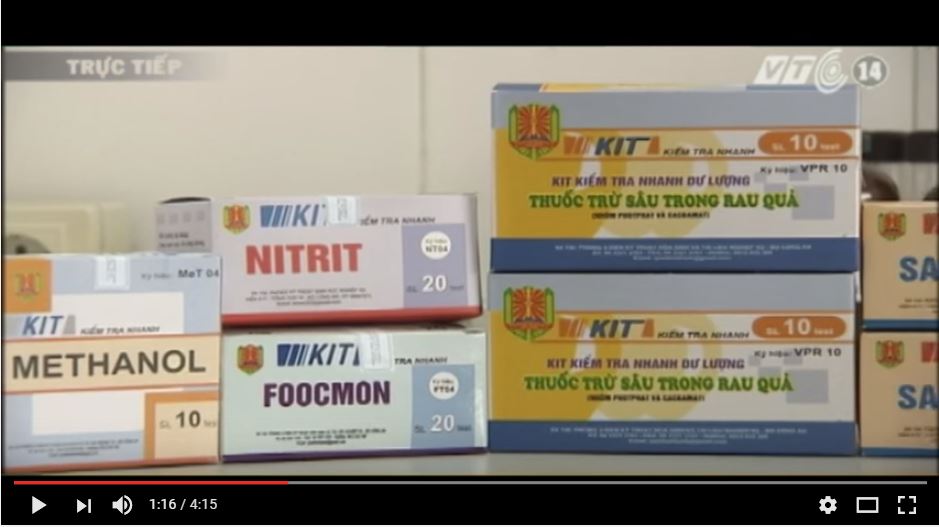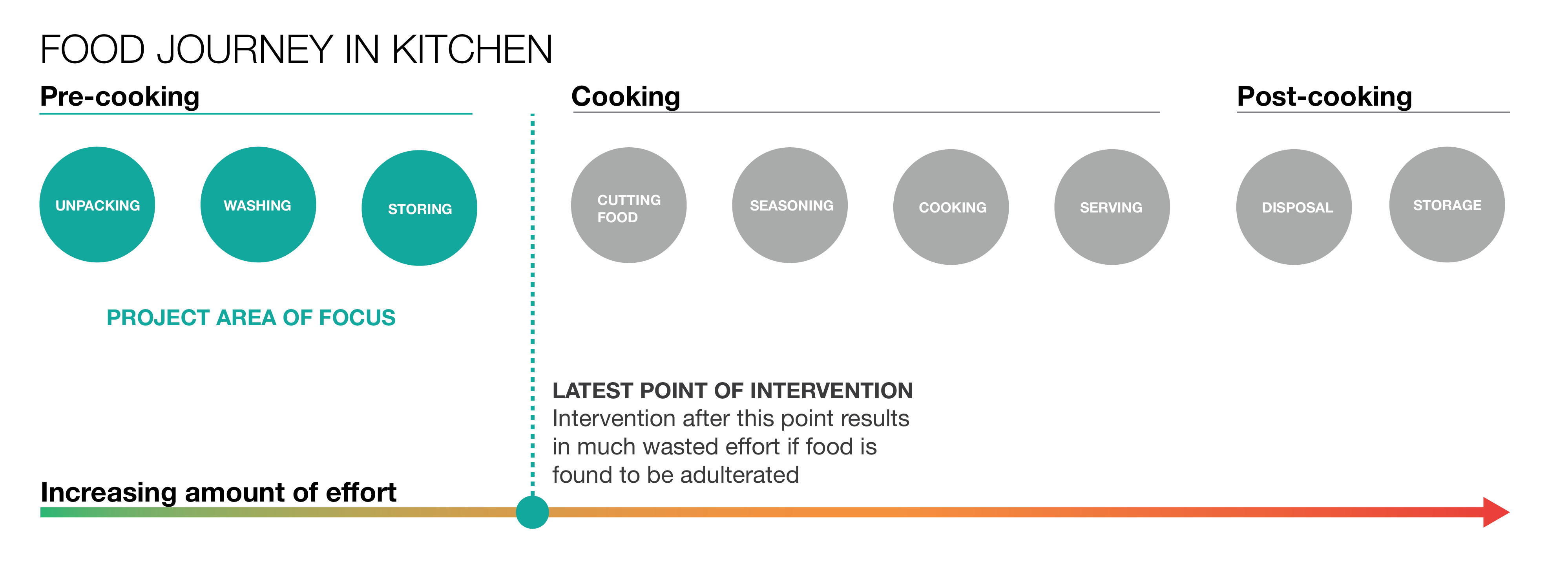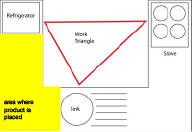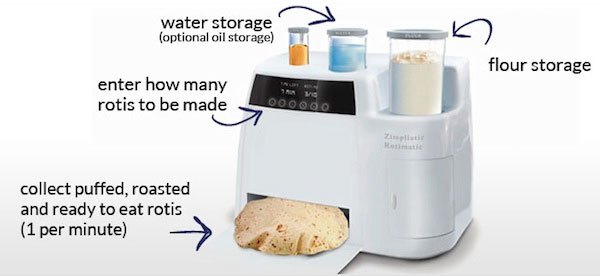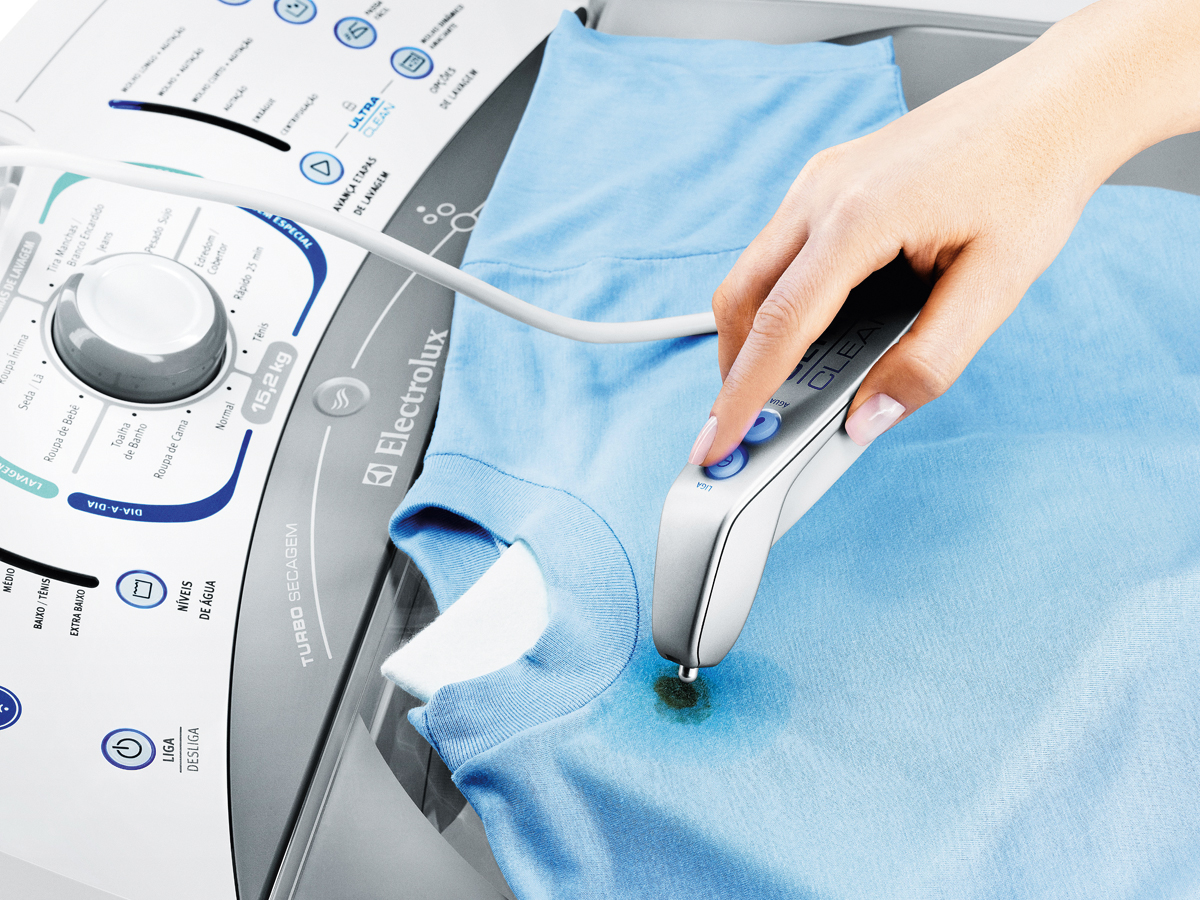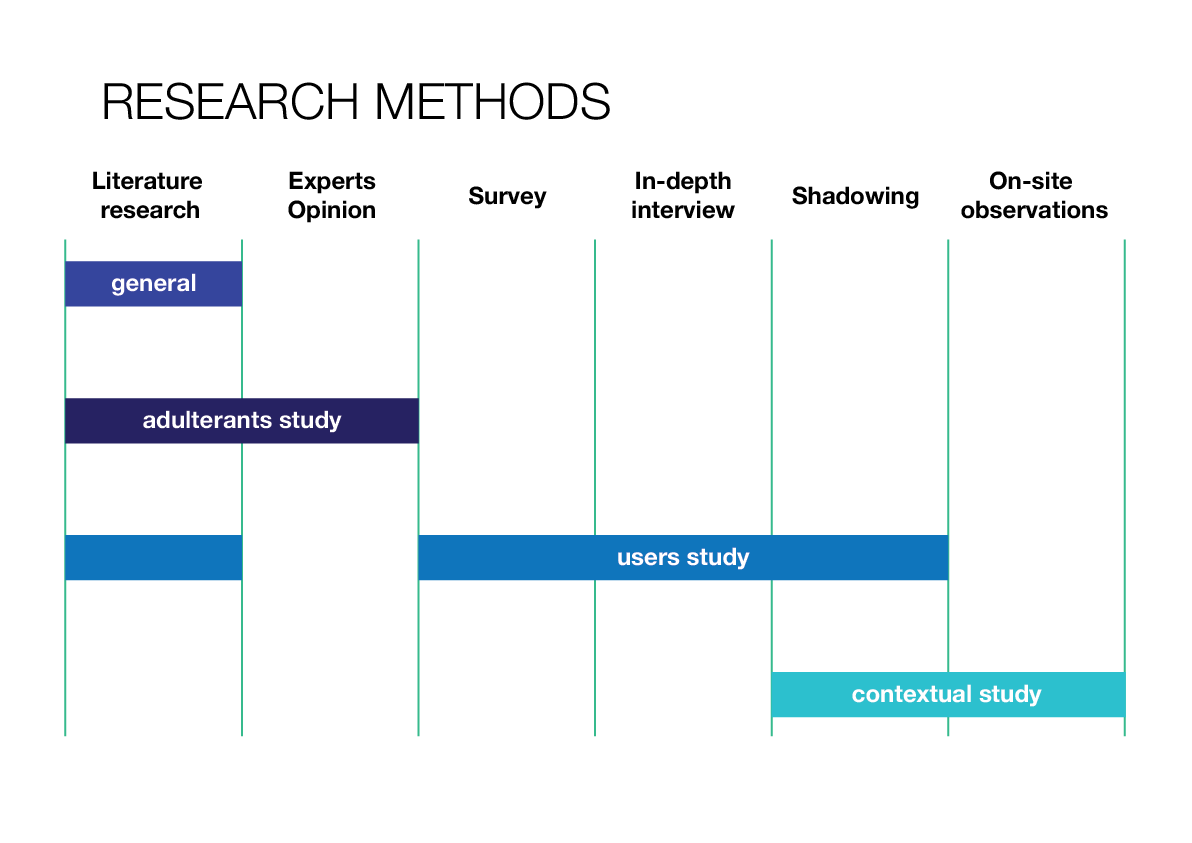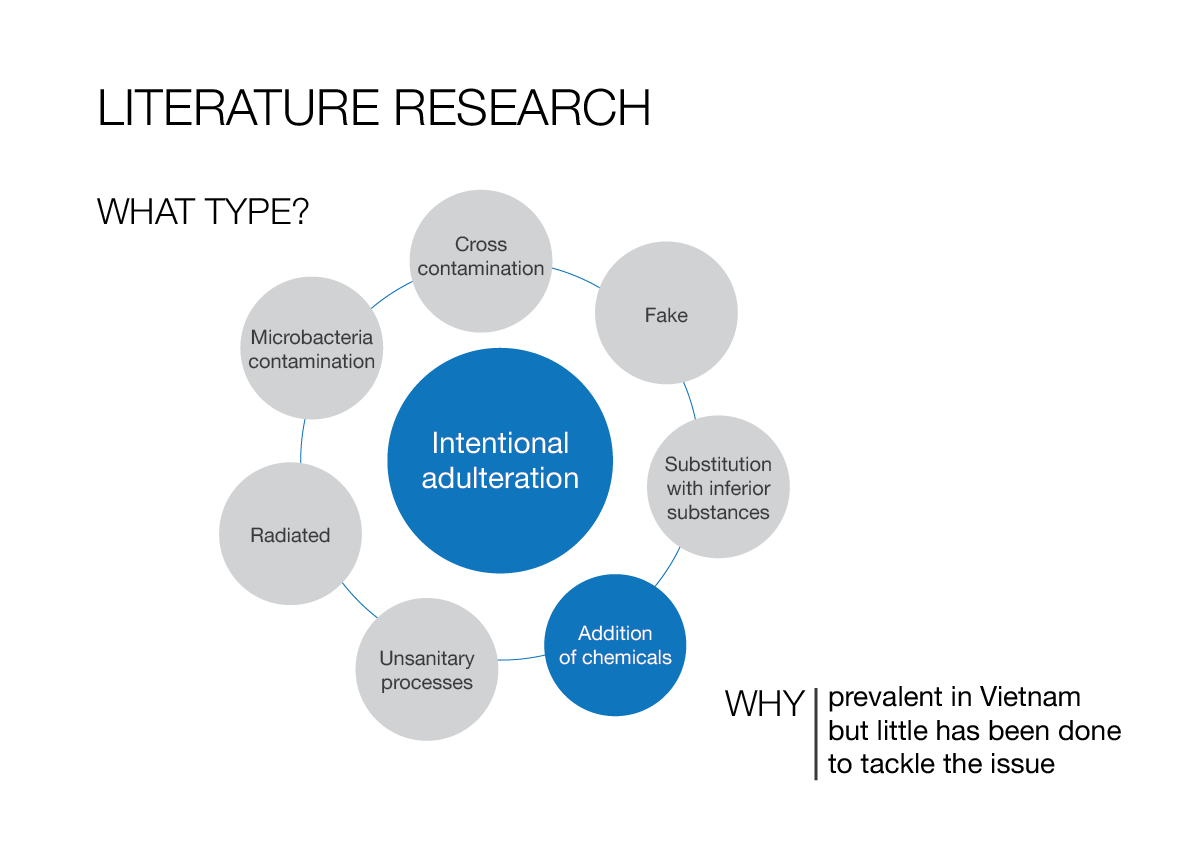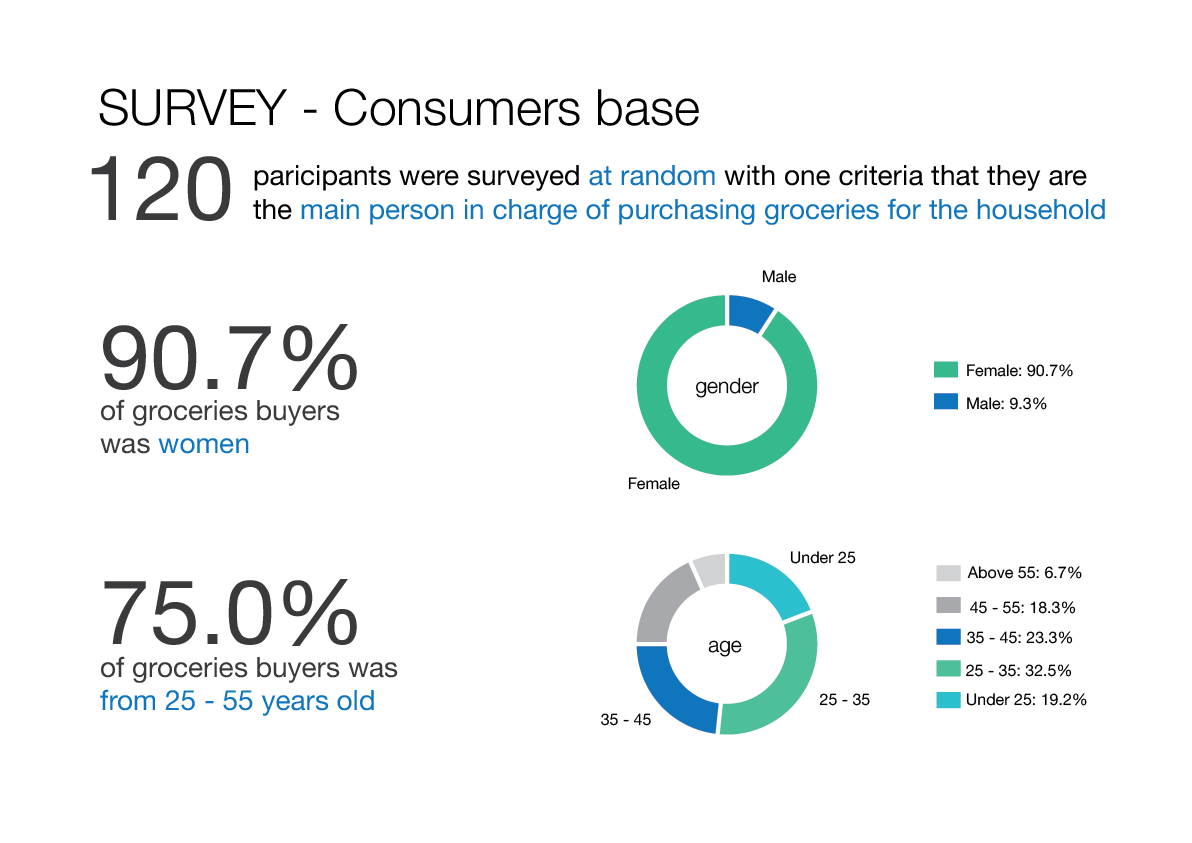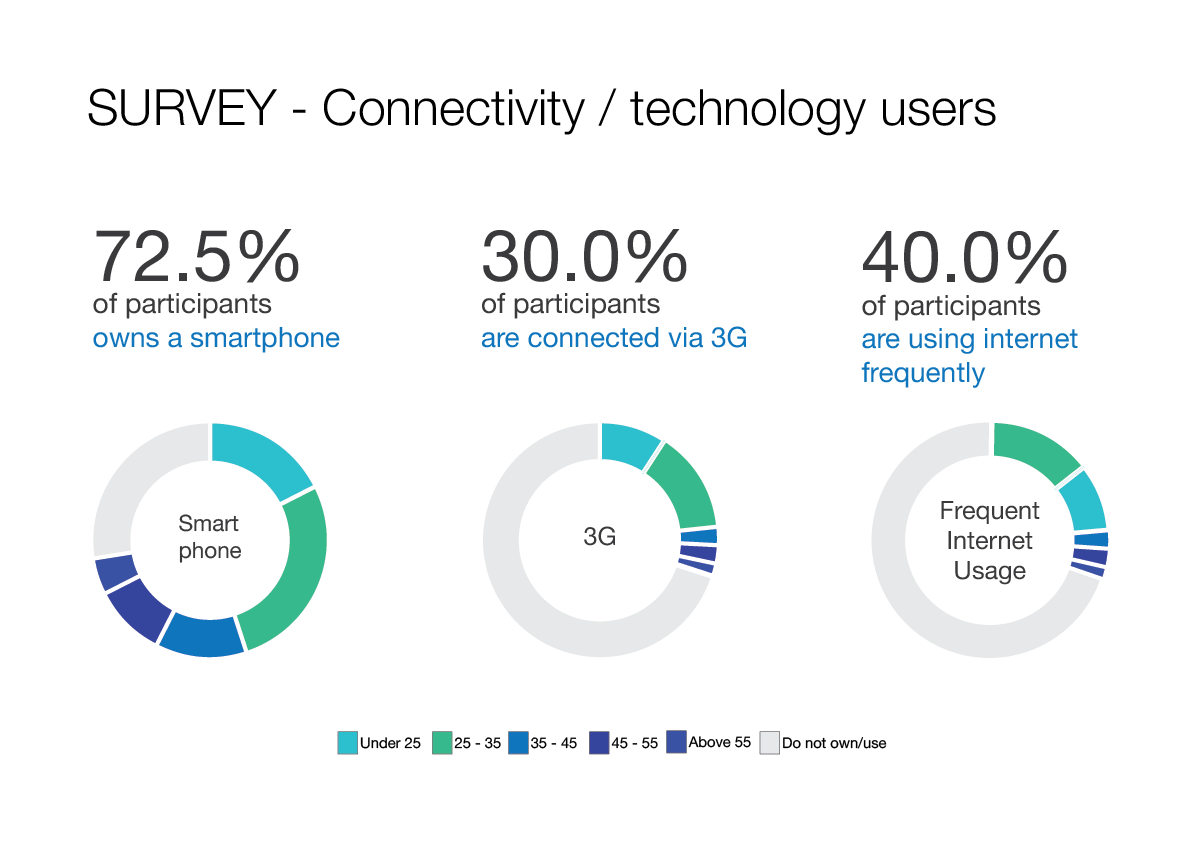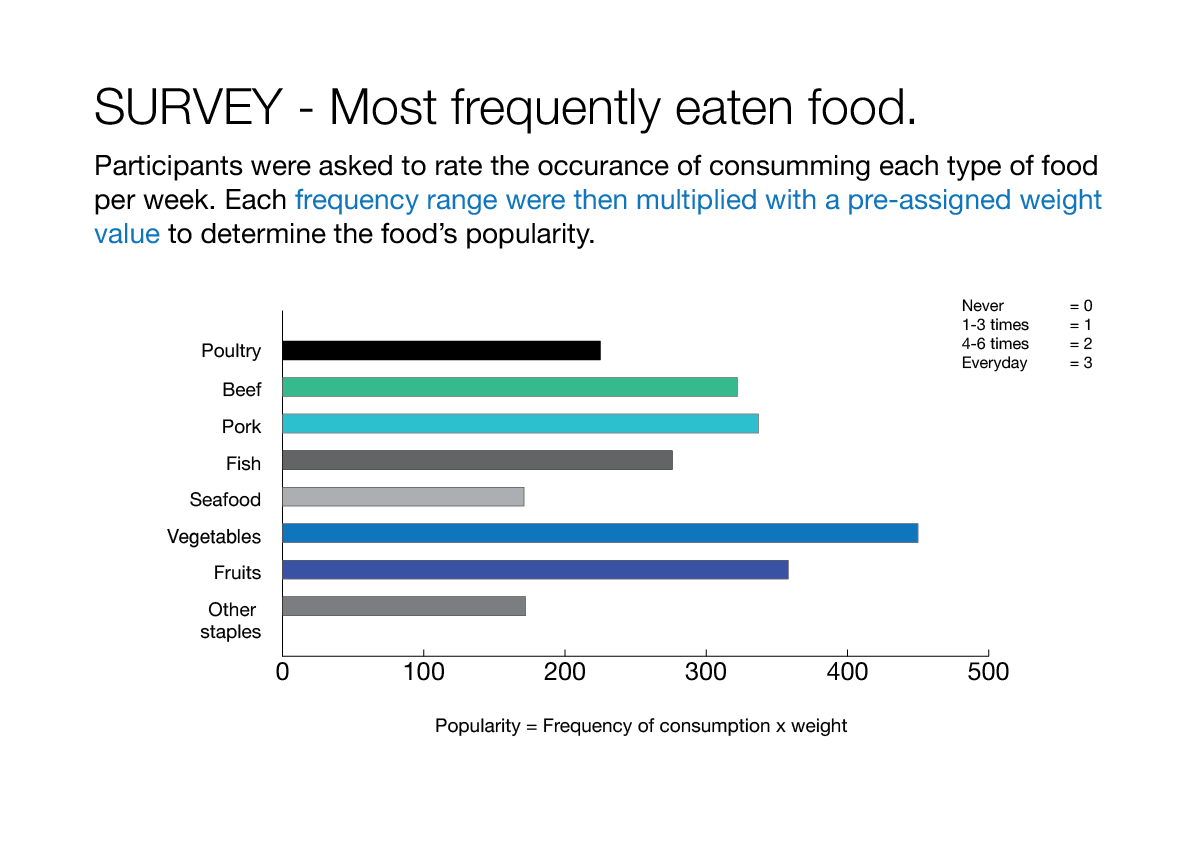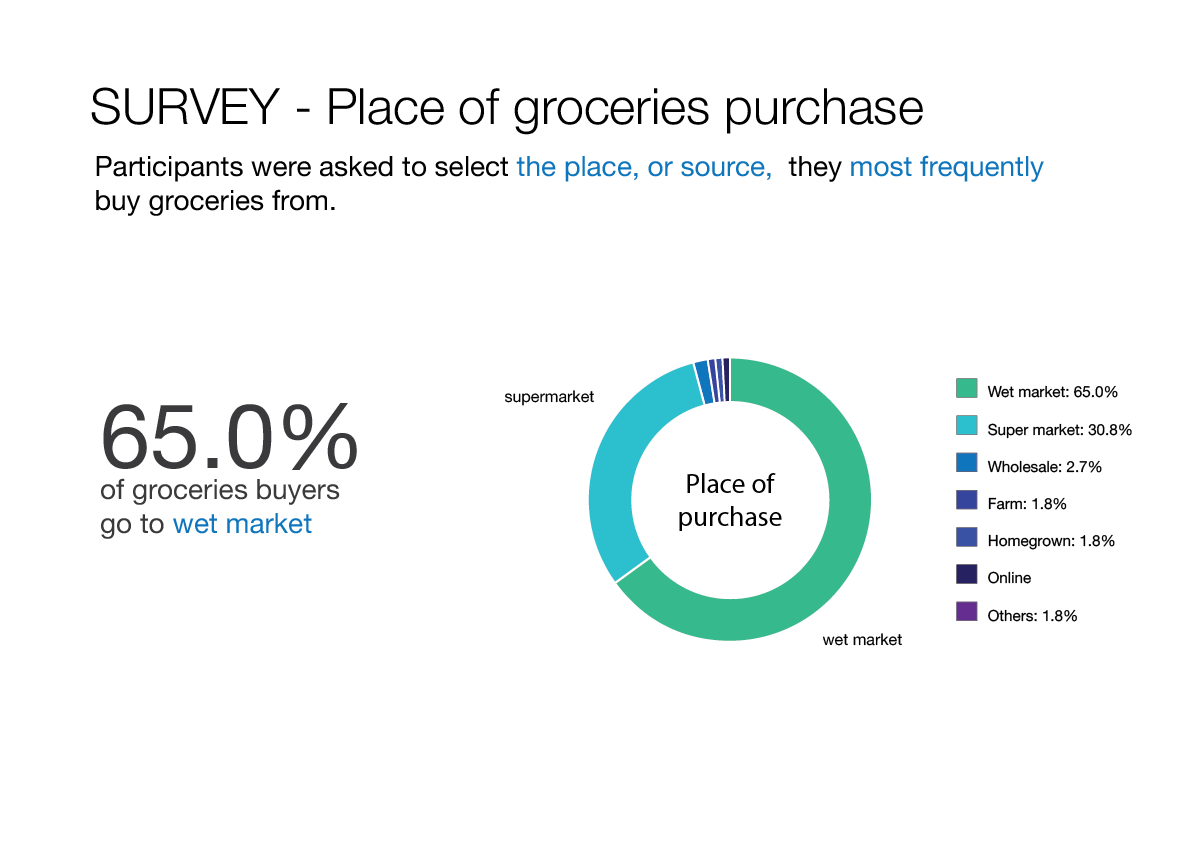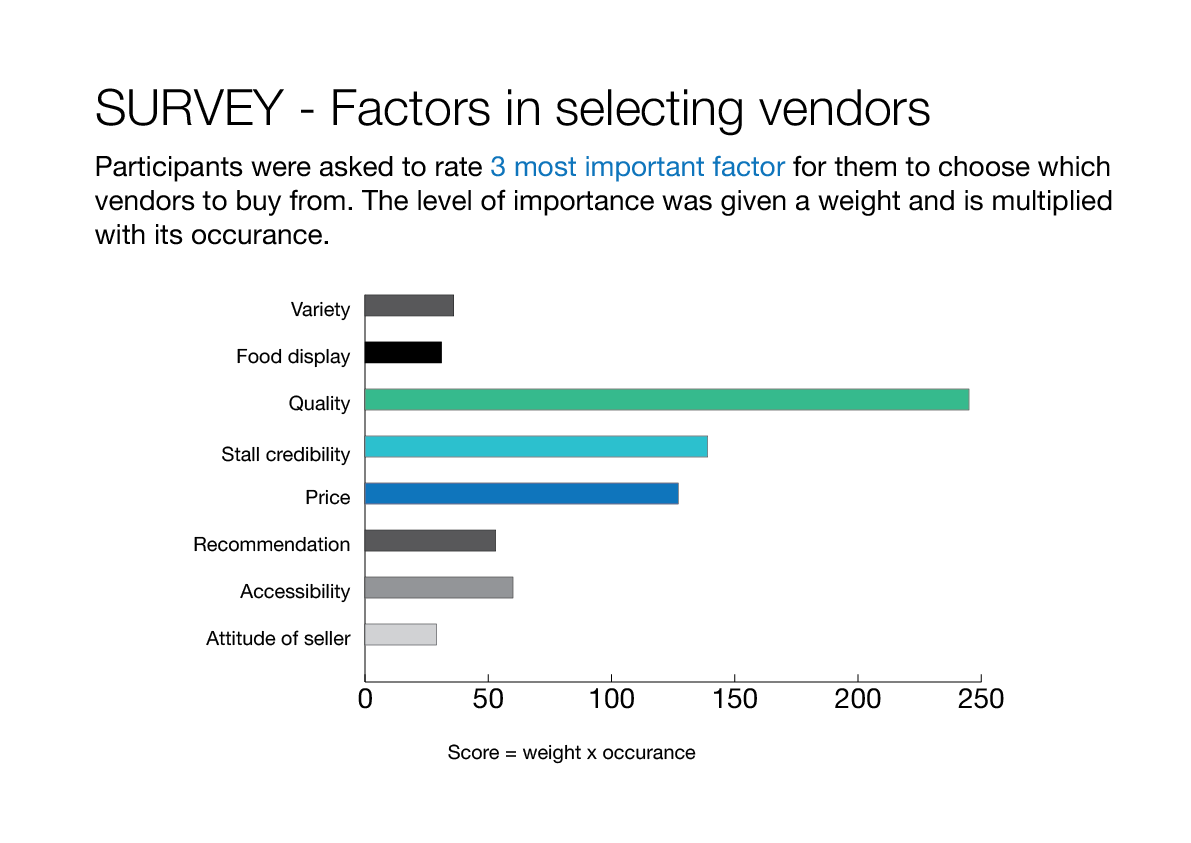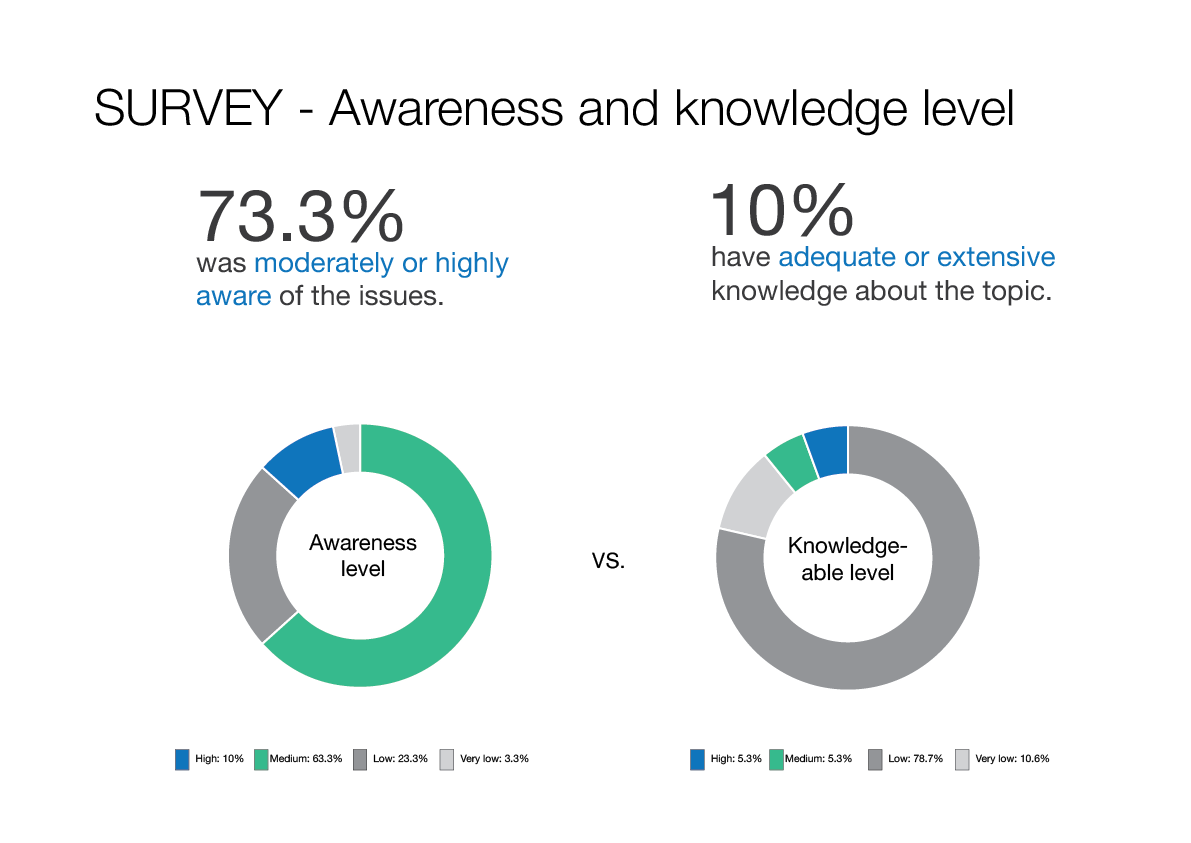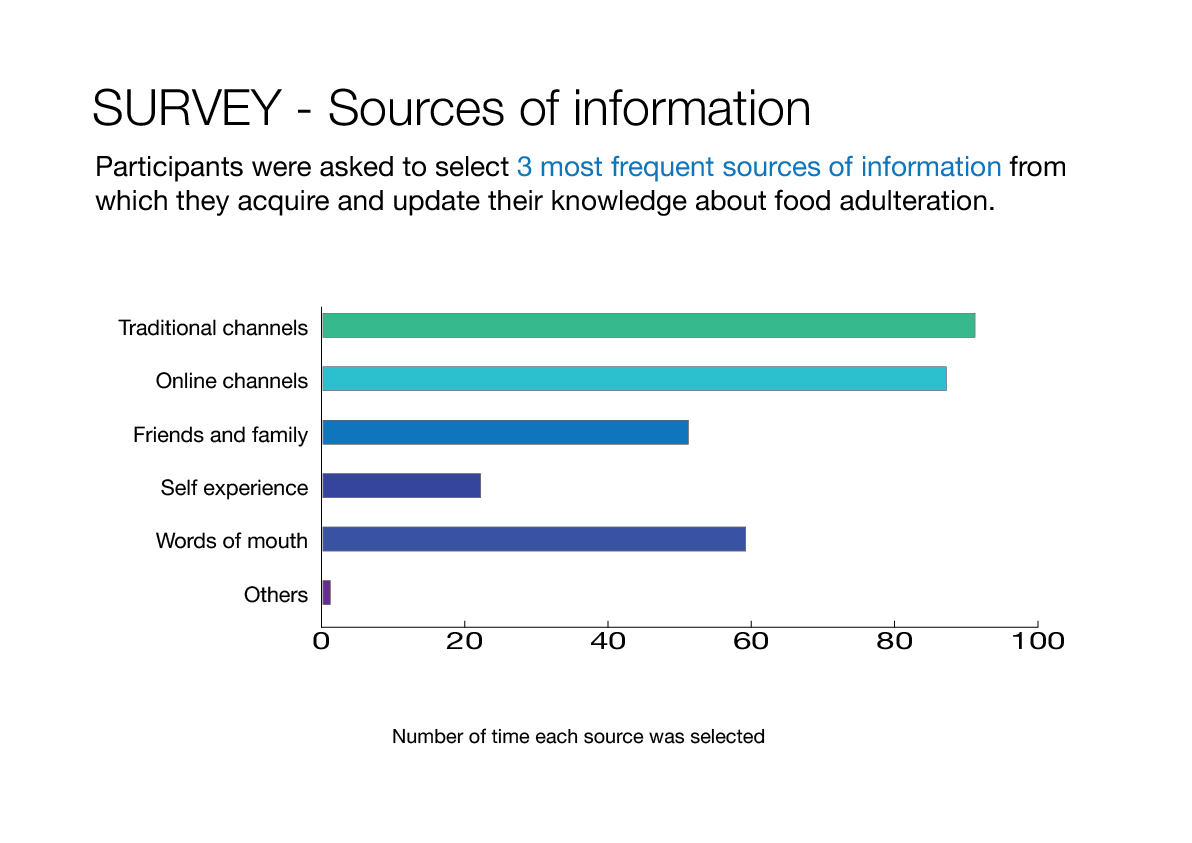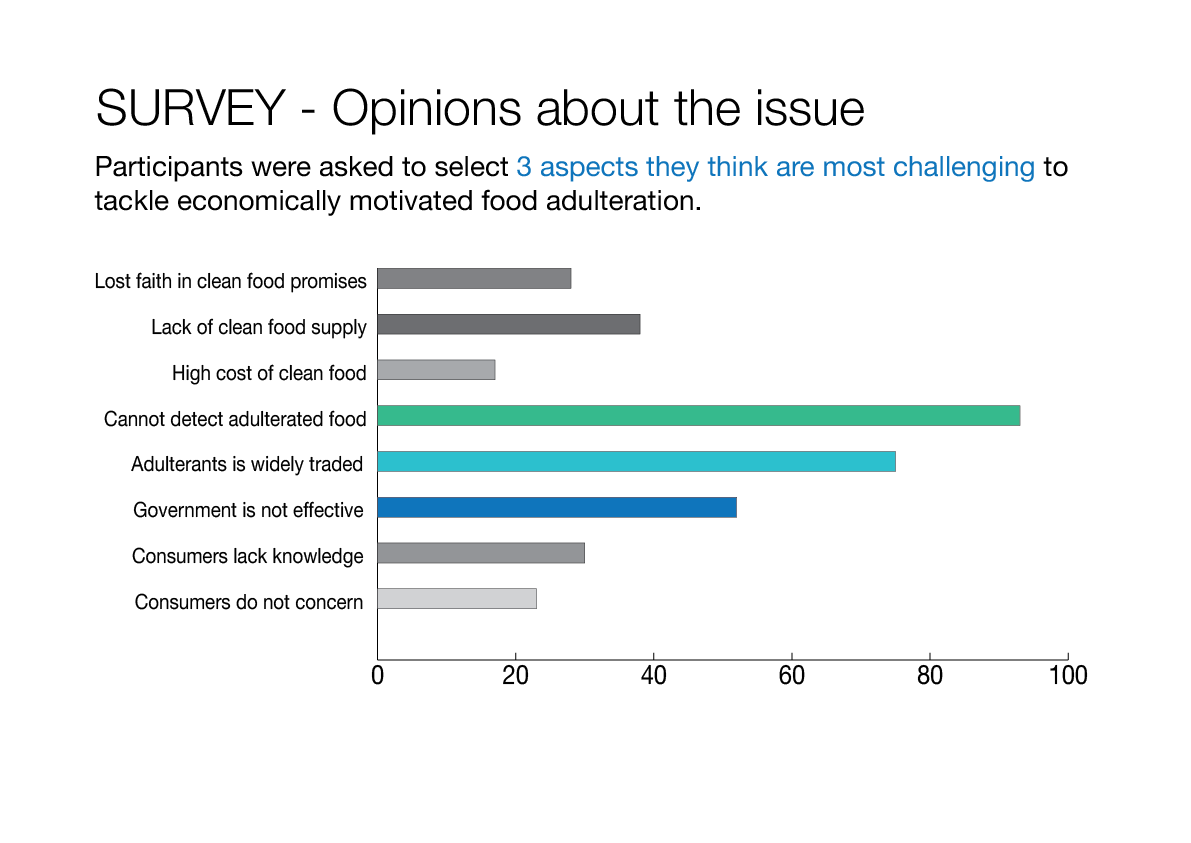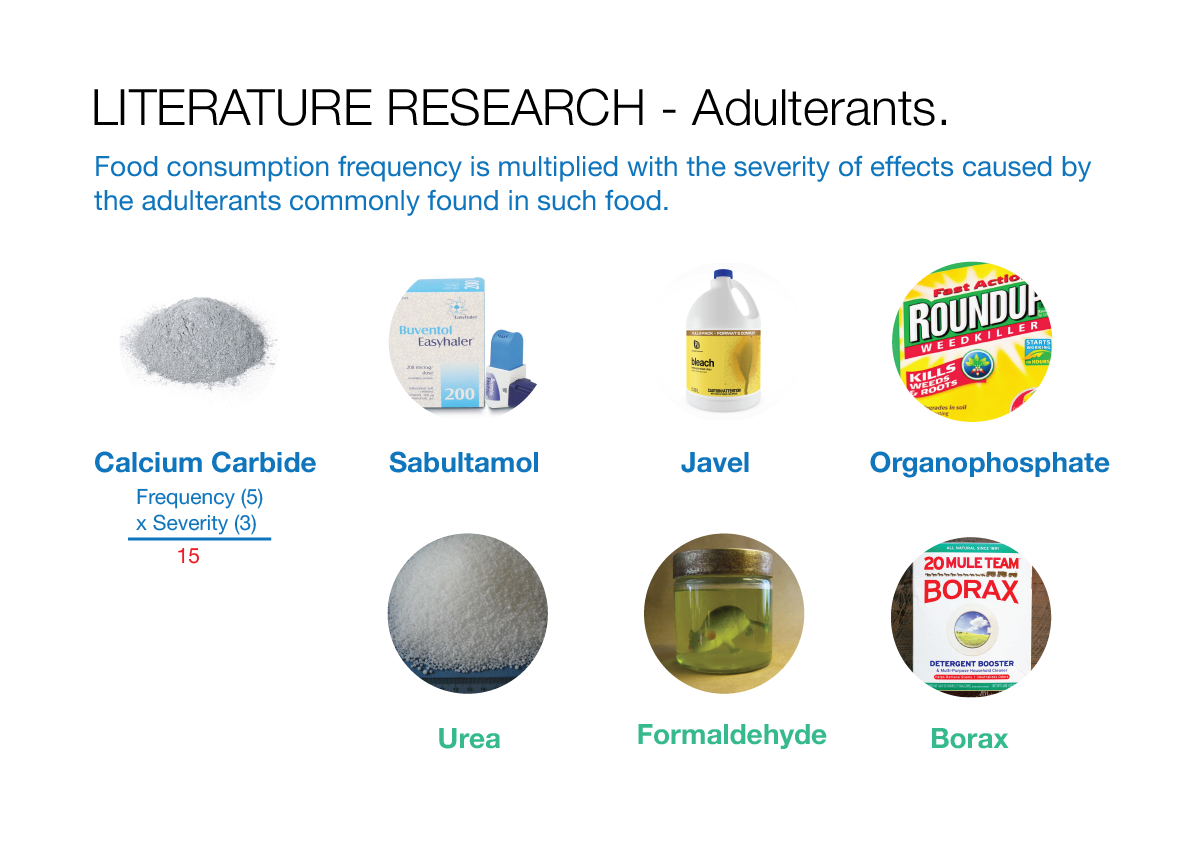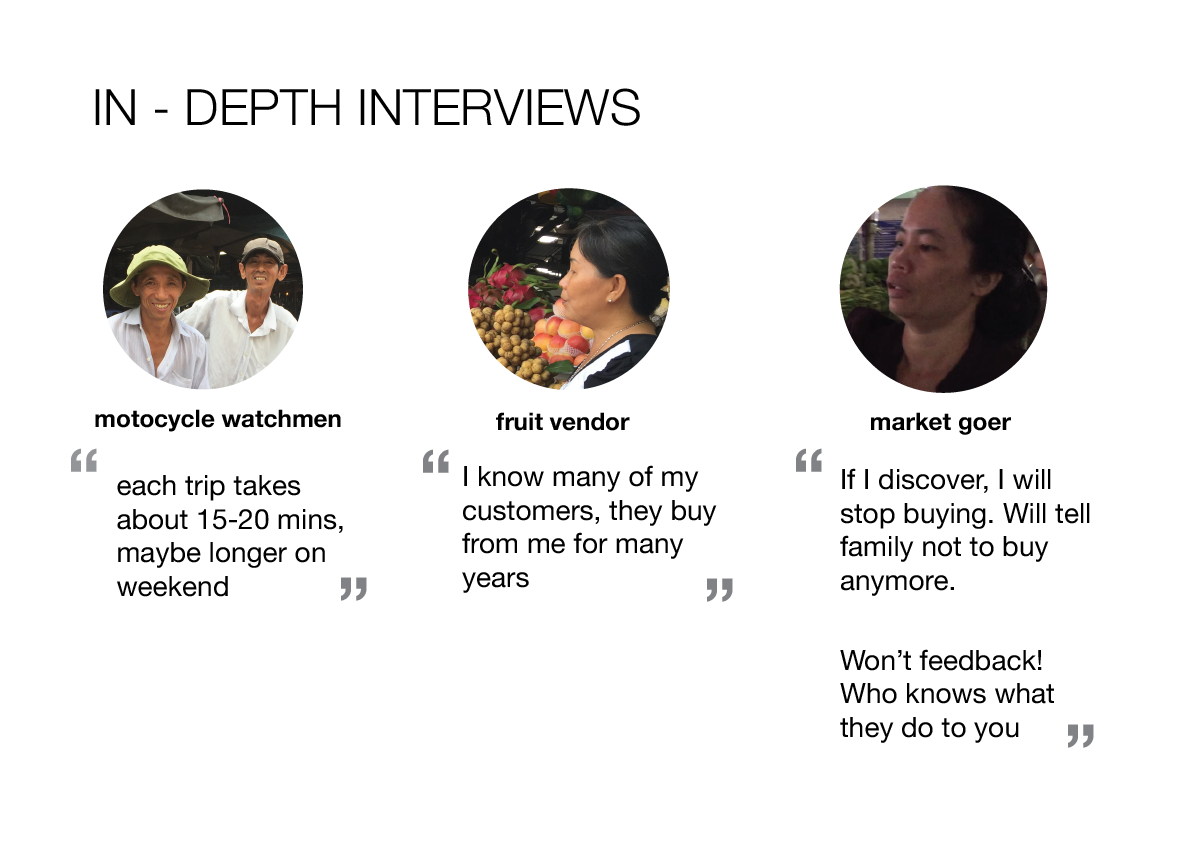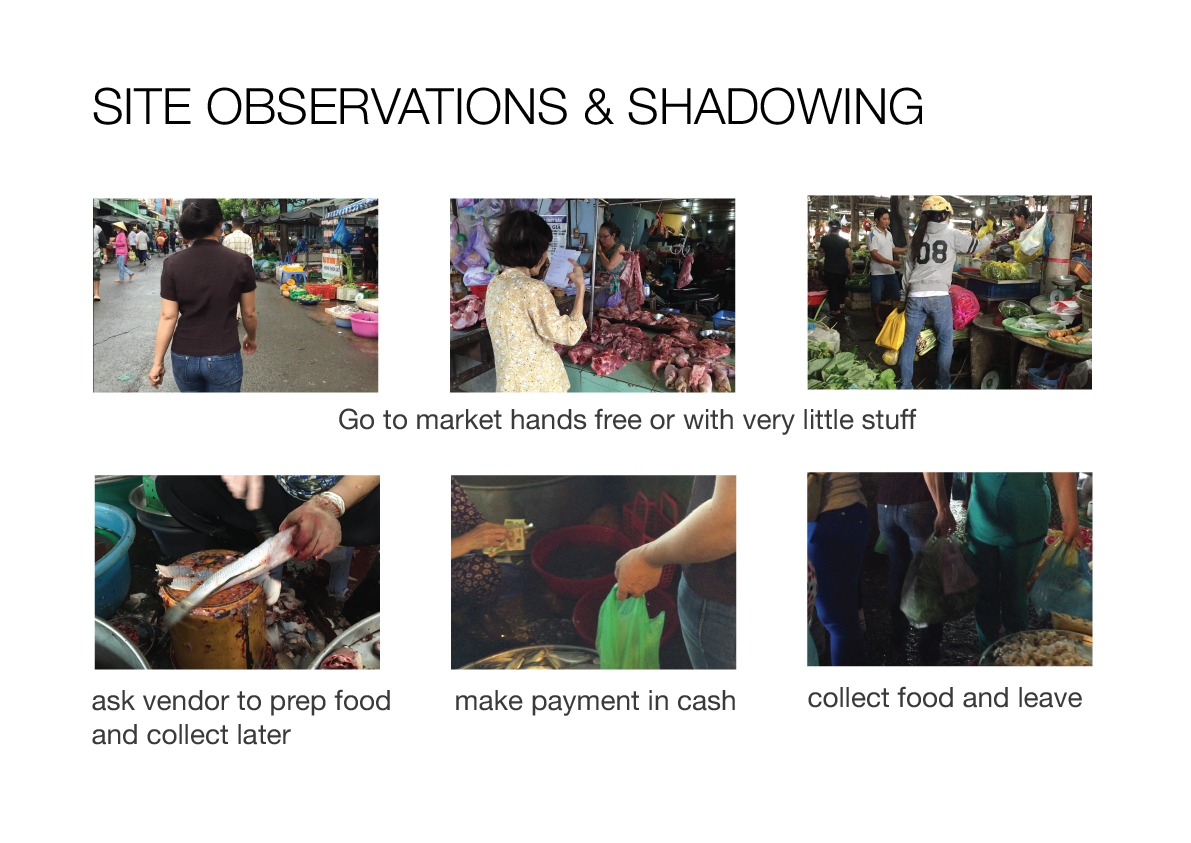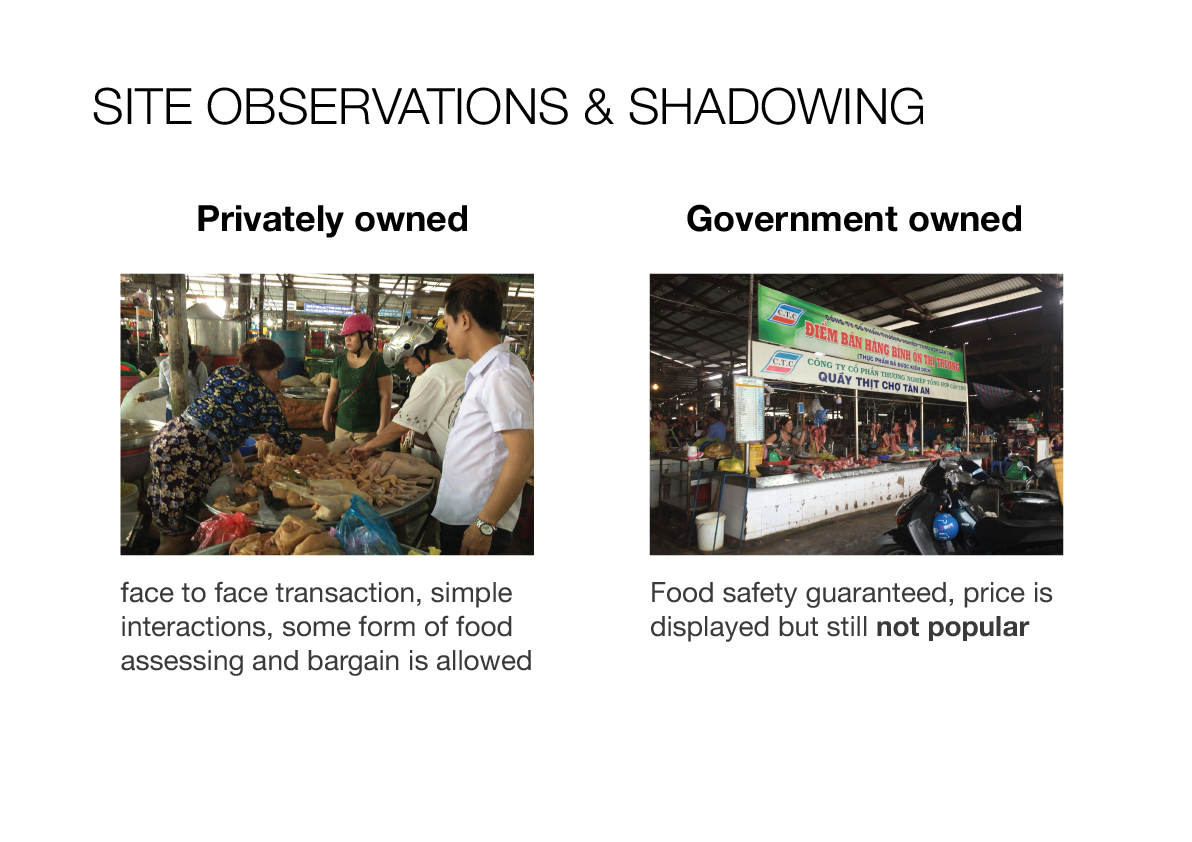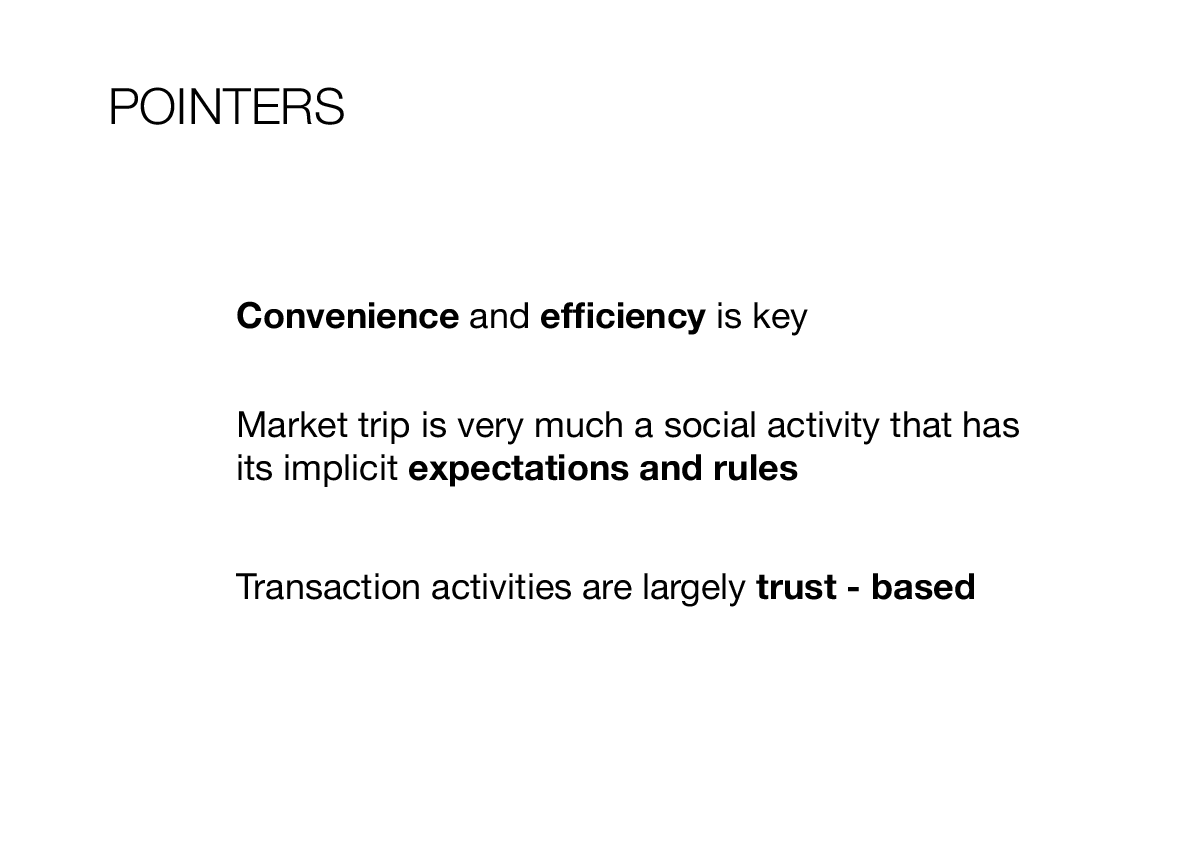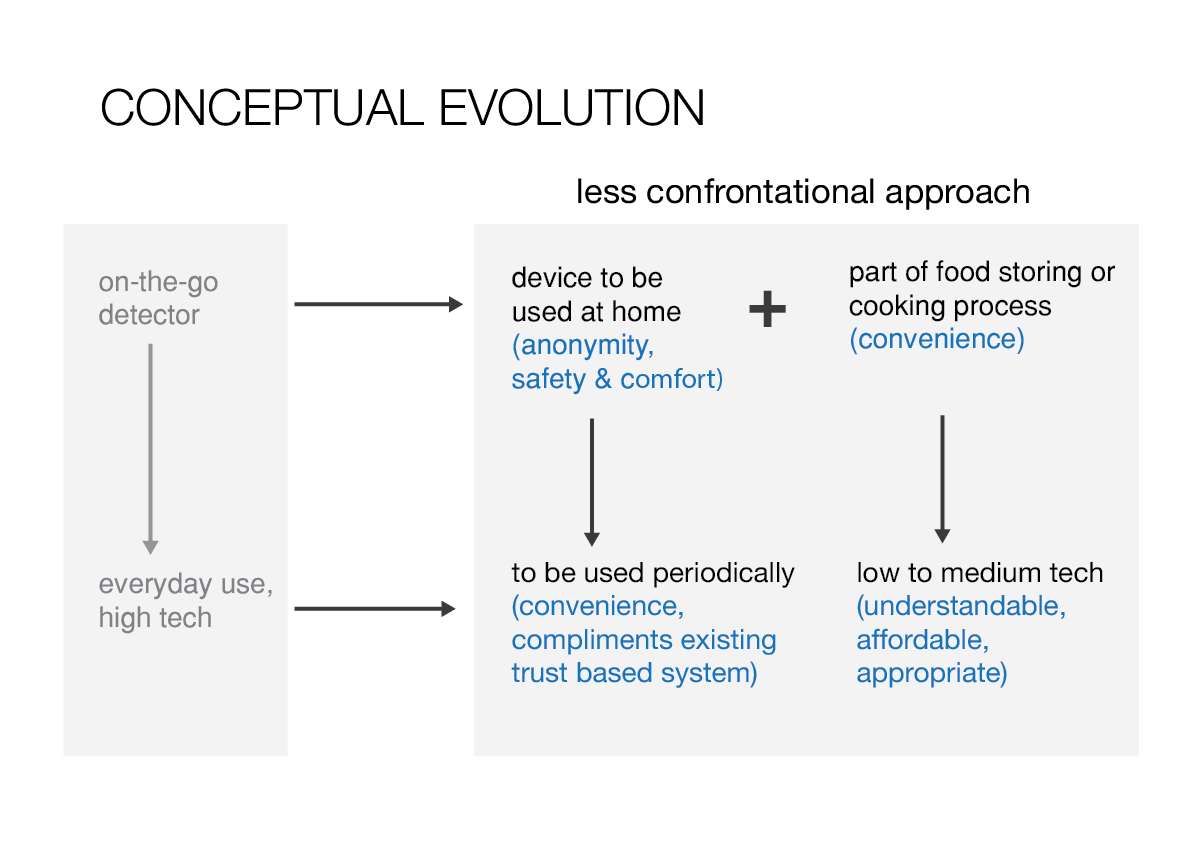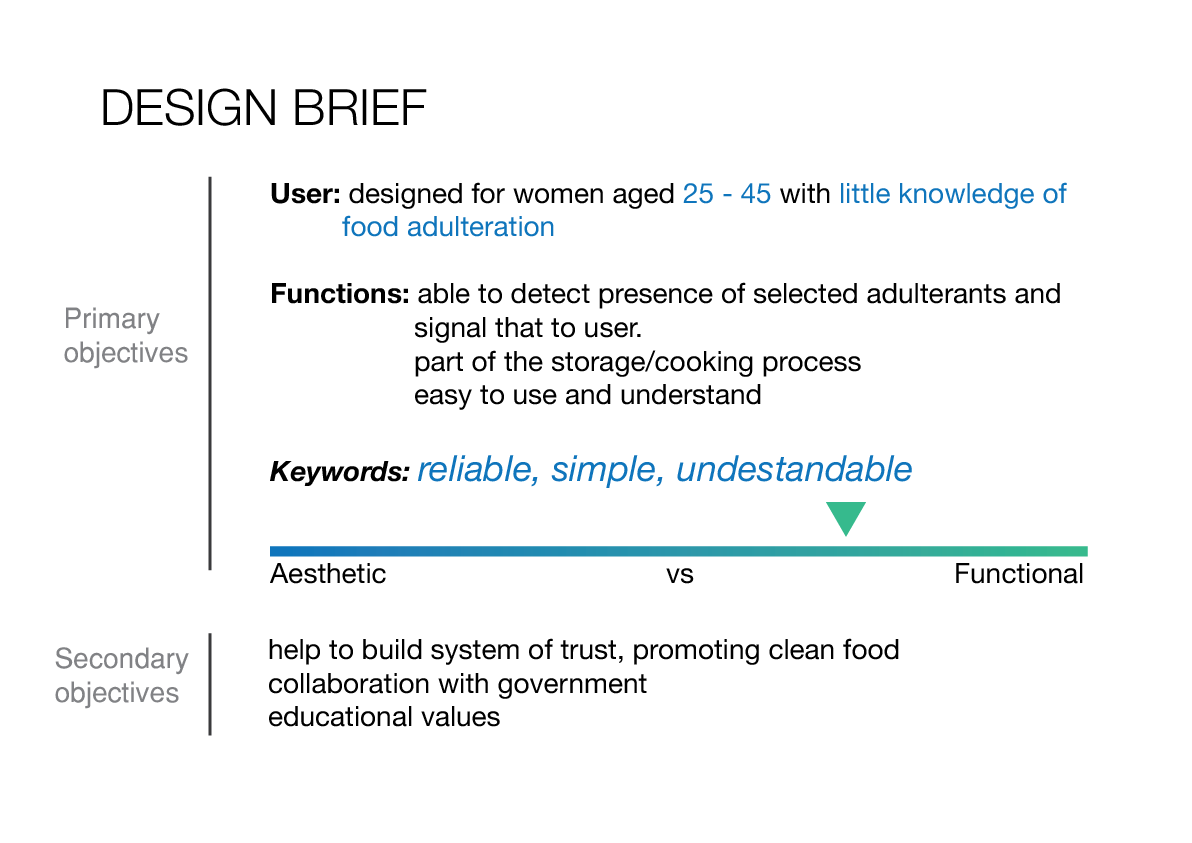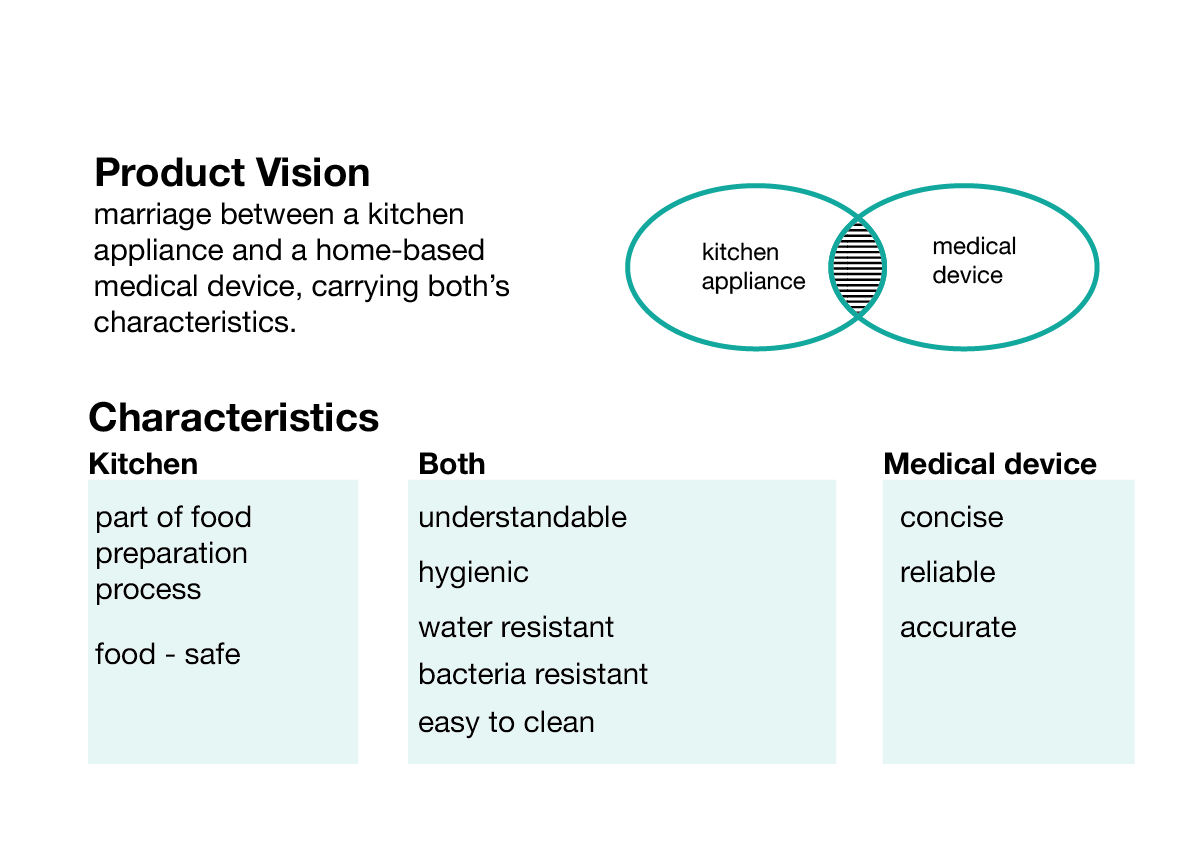
From previous posts, I am currently situating my product as an amalgamation between a kitchen appliance and a medical device.
On one hand, it has to be fitting in the kitchen and integrated into part of the cooking process, so as to achieve convenience and efficiency. On the other hand, it has to work like a medical device that accurately detects the presence of dangerous substances in food.
As such, the product would have characteristics from both of its origins. I also realize many of the characteristics are shared by kitchen appliance and a medical device, although they could vary slightly in terms of importance. These characteristics should be communicated through the conceptual design, form of the device, its materials and finishes…etc
Therefore, I went on to study the characteristics of current products that is conveyed through its form and choice of material.
Aesthetics Study on existing kitchen products
Group 1: this group of kitchen appliance uses industrial aesthetics to convey robustness and hygiene. The use of stainless steel is for food safety and it also conveys sterility, power and accuracy.
The forms are mostly geometric and is highly functional.
This appeals to those with very high regard for hygiene and perhaps have higher income, since they are more expensive than group 2
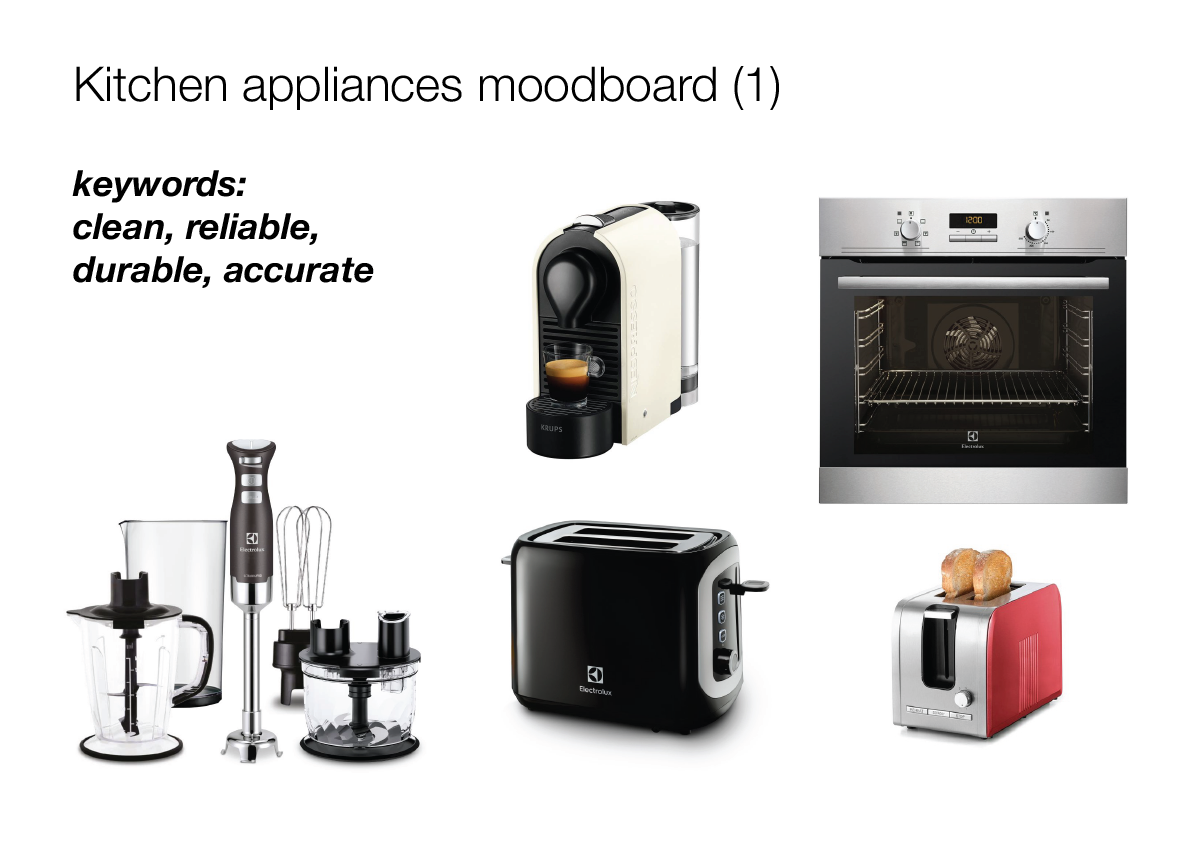
Group 2: this group uses a variety of plastic with varying strength and appearance. In this group, more expensive plastics like HDPP and ABS are safe for food and can withstand high temperature.
The use of plastics allows for different finishes and colors, which gives this group a more lively and friendly character than group 1. This group seems to be more understandable and relatable with simple functions and simpler forms. Forms can be more organic because injection molding process gives more design freedom.
I feel that this group would speak for the majority and it is affordable for more users, making it more utilitarian.

Group 3: this group goes for uniqueness and styles, as it usually has unique form, texture, and colors. Many of these are not mass-manufacturing friendly, hence resulting in high cost of products. Some of them are also trend-specific, for example, the retro trend is visible from Smeg’s series with rounded tapered form.
This tends to a bespoke direction which speaks to very specific users who have a strong preference of what they like. They could also be kitchen/cooking enthusiasts who do not mind spending money for a highly differentiated product.
I think this direction is not what we are looking for

Aesthetics Study on medical devices
After researching a few medical devices, I realise that information mapping and communication is a vital part.
Most of the time, patients are heavily dependent on those device to do the checking job for them. They do not possess the knowledge of how these devices work. As such, they rely entirely on the device to communicate their health status.
This scenario is the same as what happens in my project. Consumers do not know the chemistry knowledge in any of the tests. They rely entirely on the device to tell them whether the food is safe.
In such scenario, communication has to be simple and on point. In the devices below, we see that only one statistic is shown to the patient, which is what he needs to know. The critical information is displayed in large font and clearly distinguished from others. The interfaces are simplified, unnecessary functions are removed to reduce clusters of information and hence minimize failure.
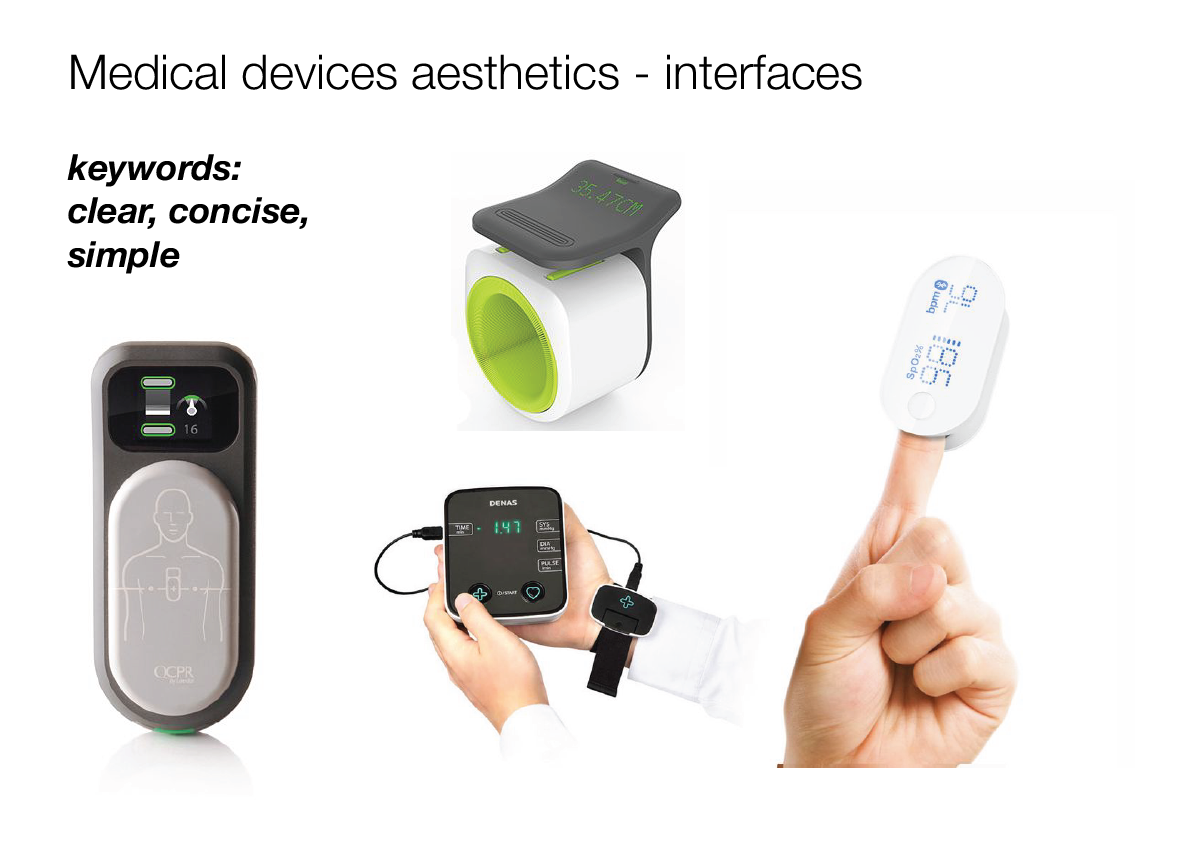
Most medical devices stick with grays, muted colors and white is always the dominant color. This is to convey sterility and reliability. Also, strong colors may induce anxiety, which is not desired in the medical context. Many personal devices are handheld.
Many personal devices are handheld and quite compact. Recently, many devices have been connected to smartphones, providing an extra interface where more information can be communicated.
